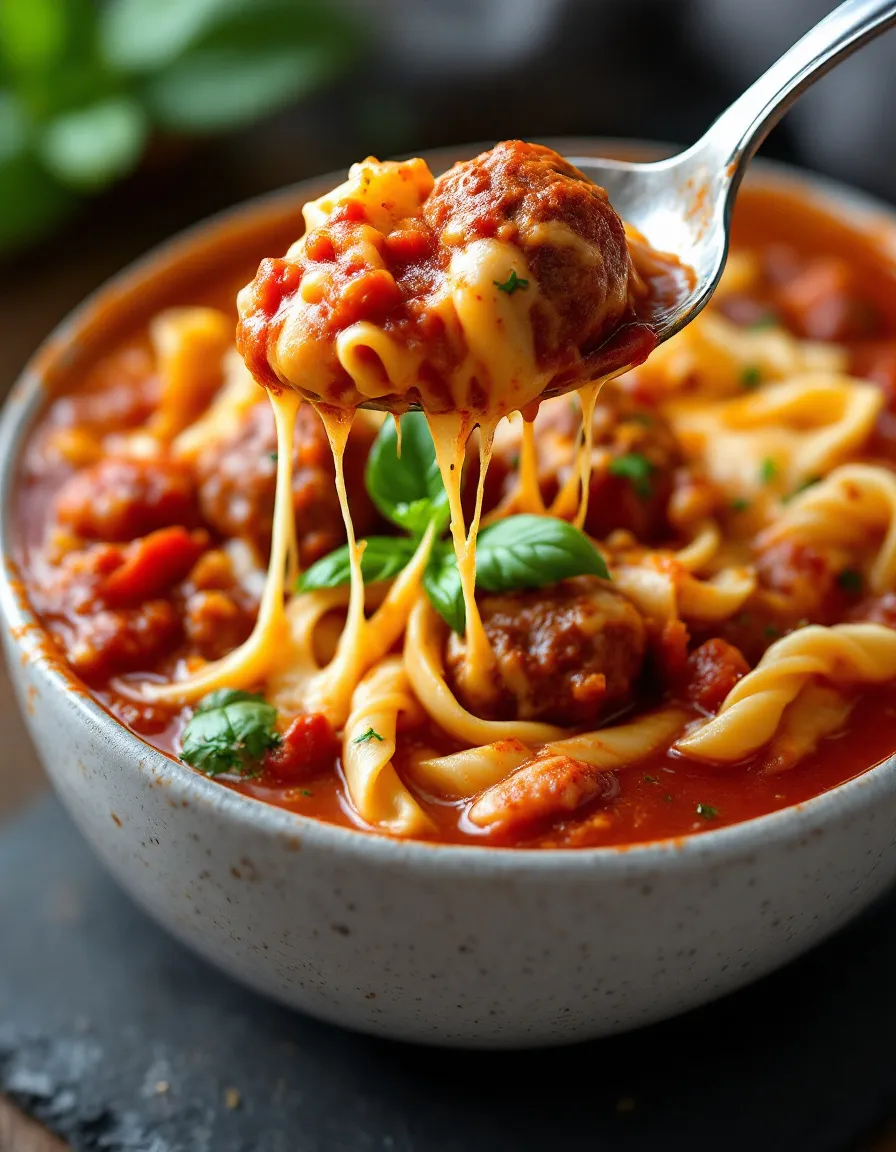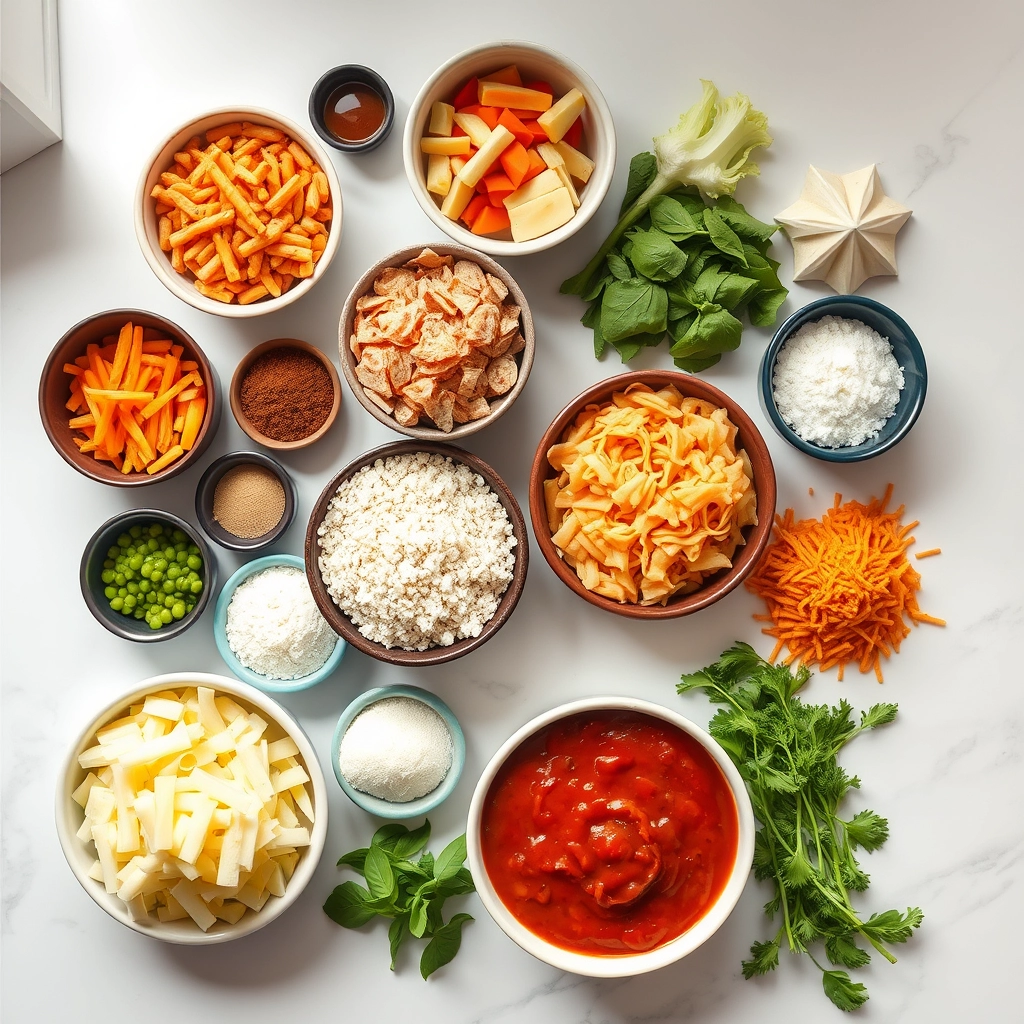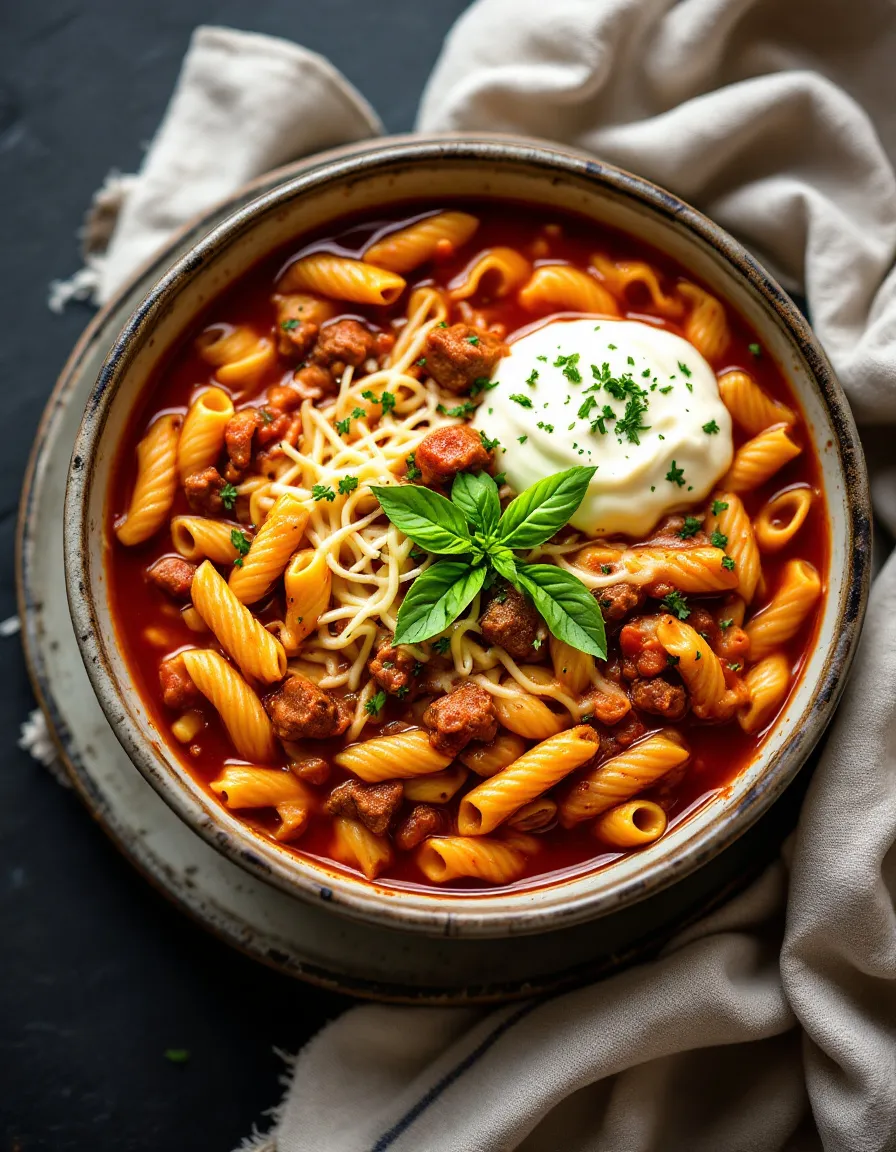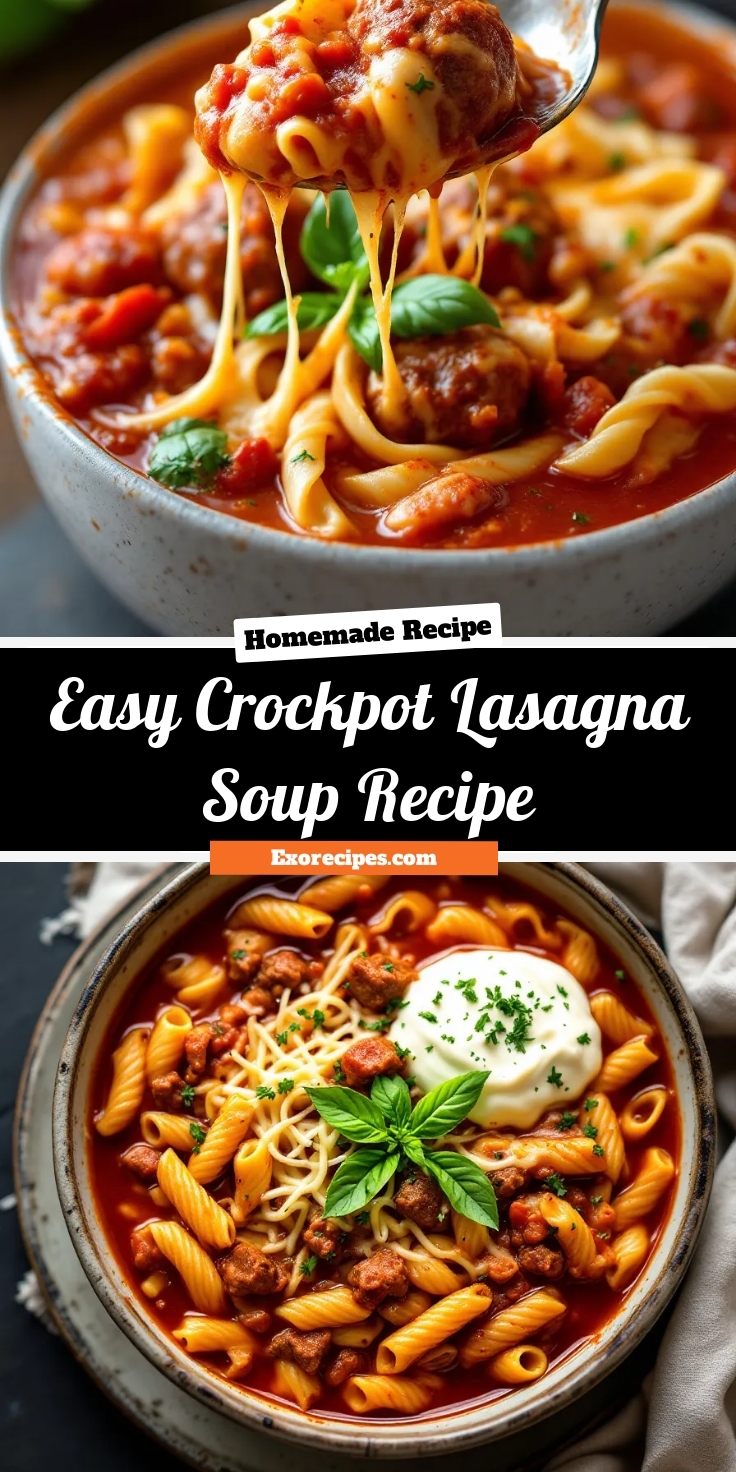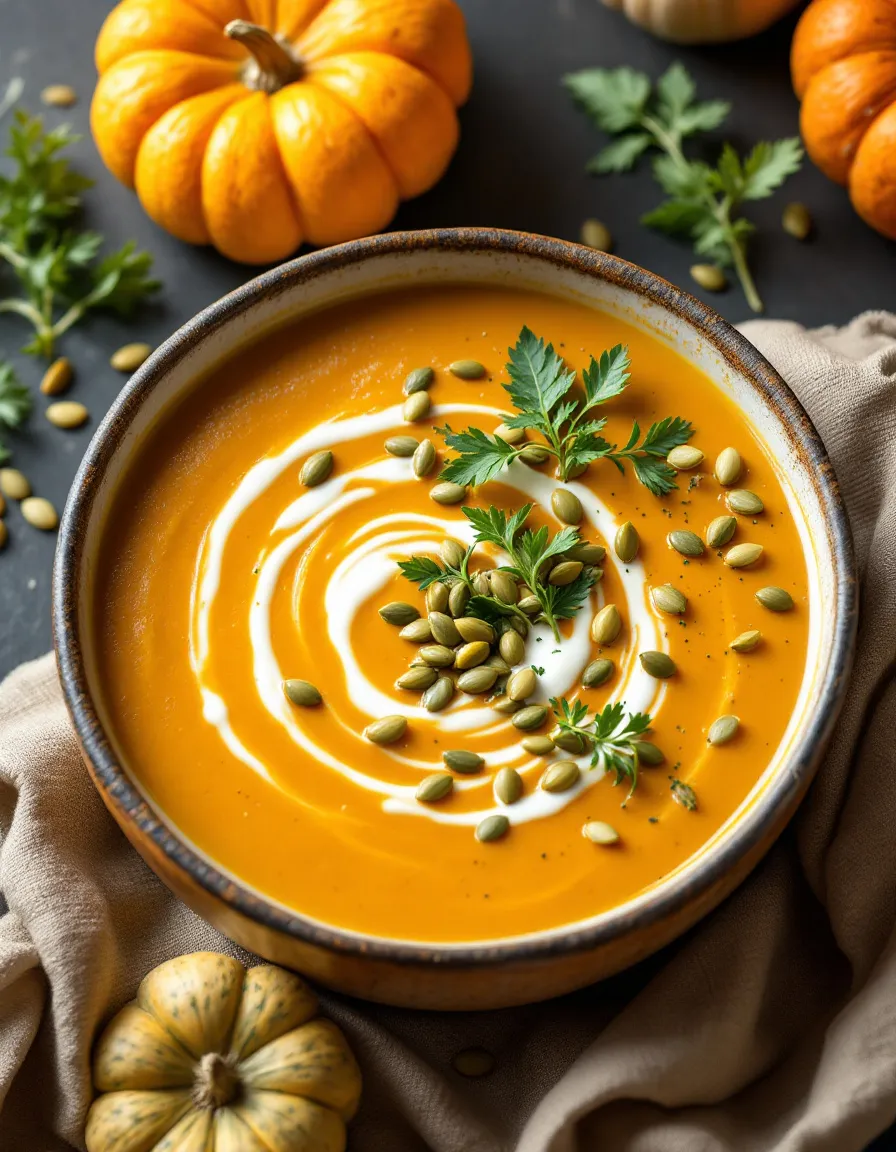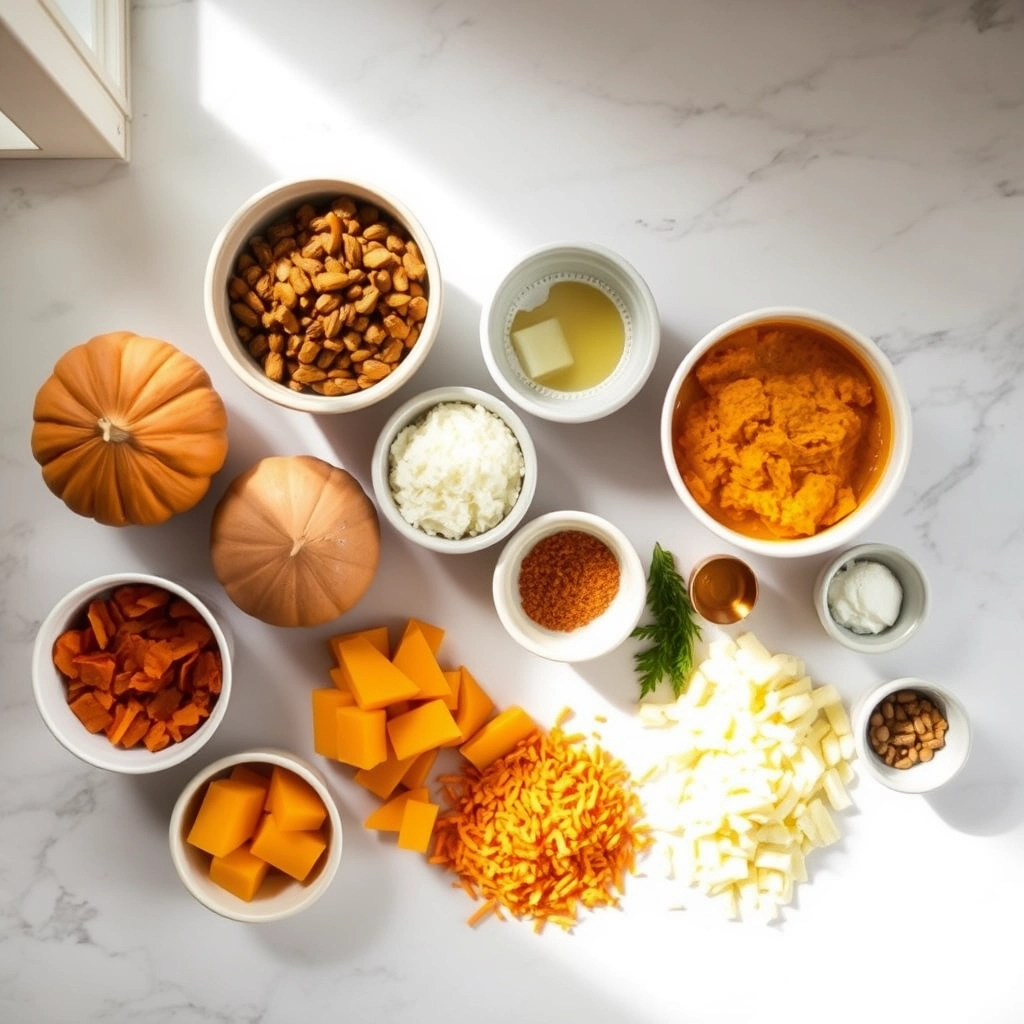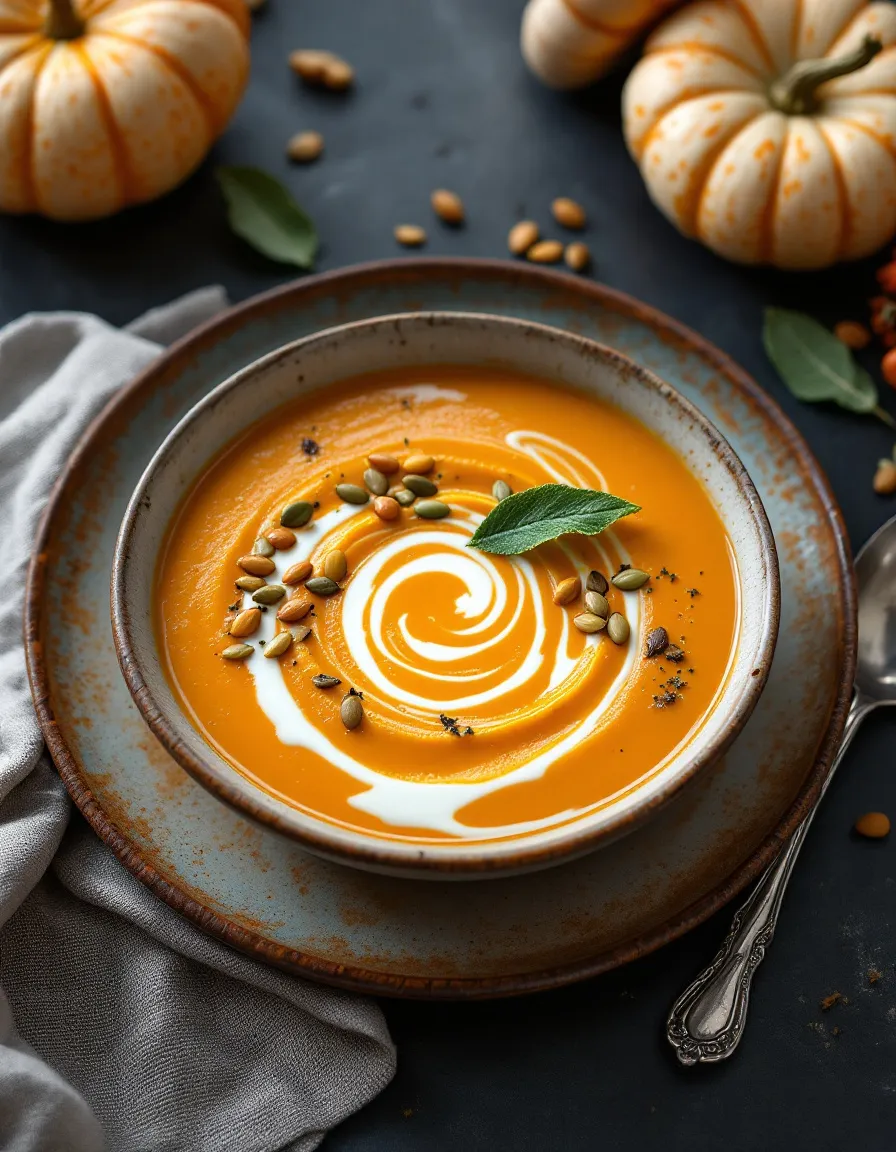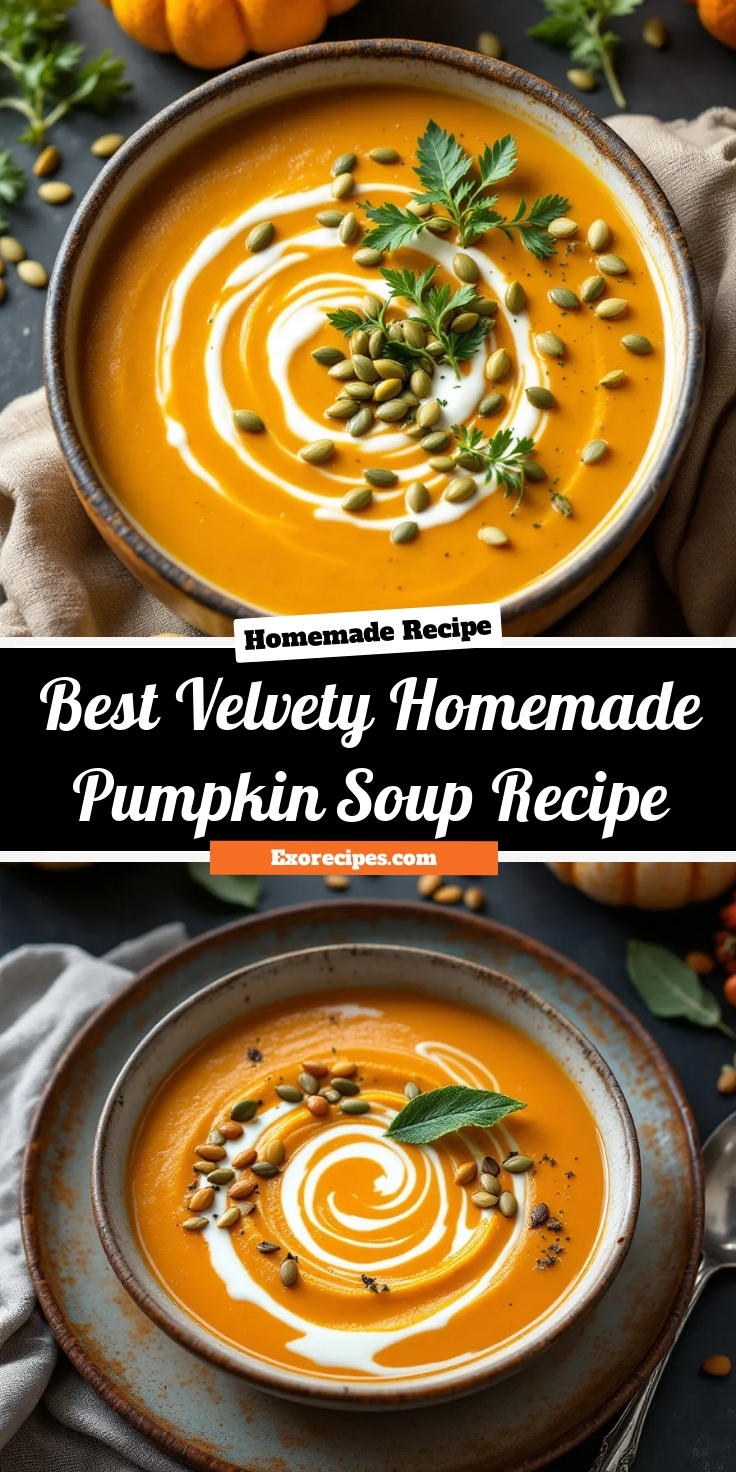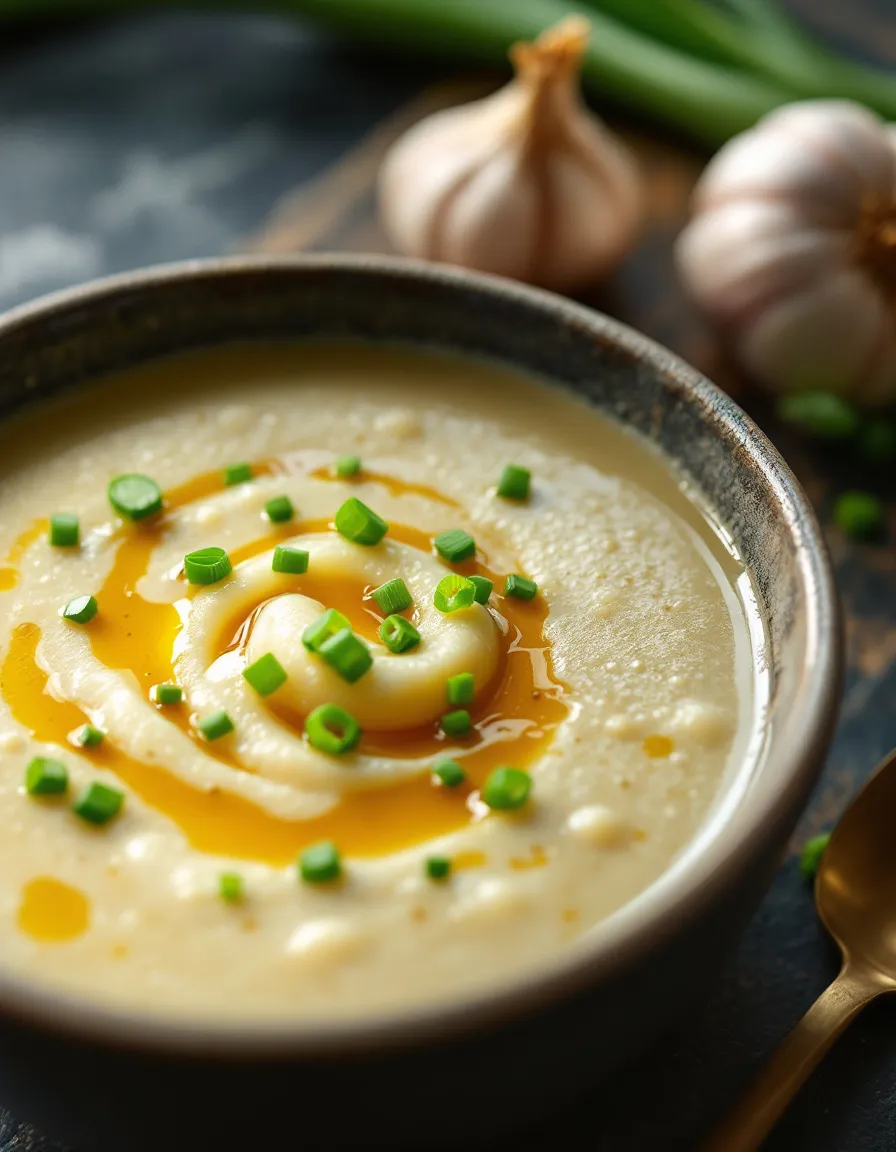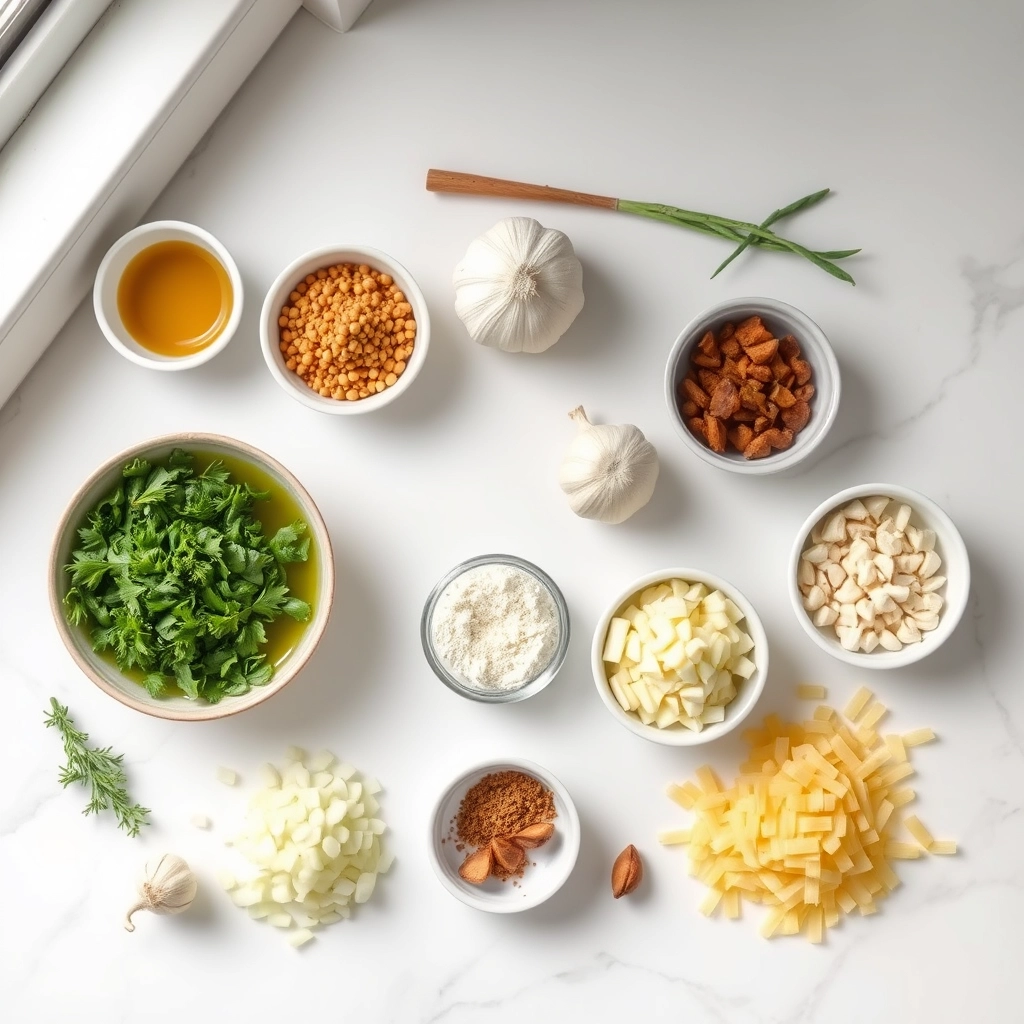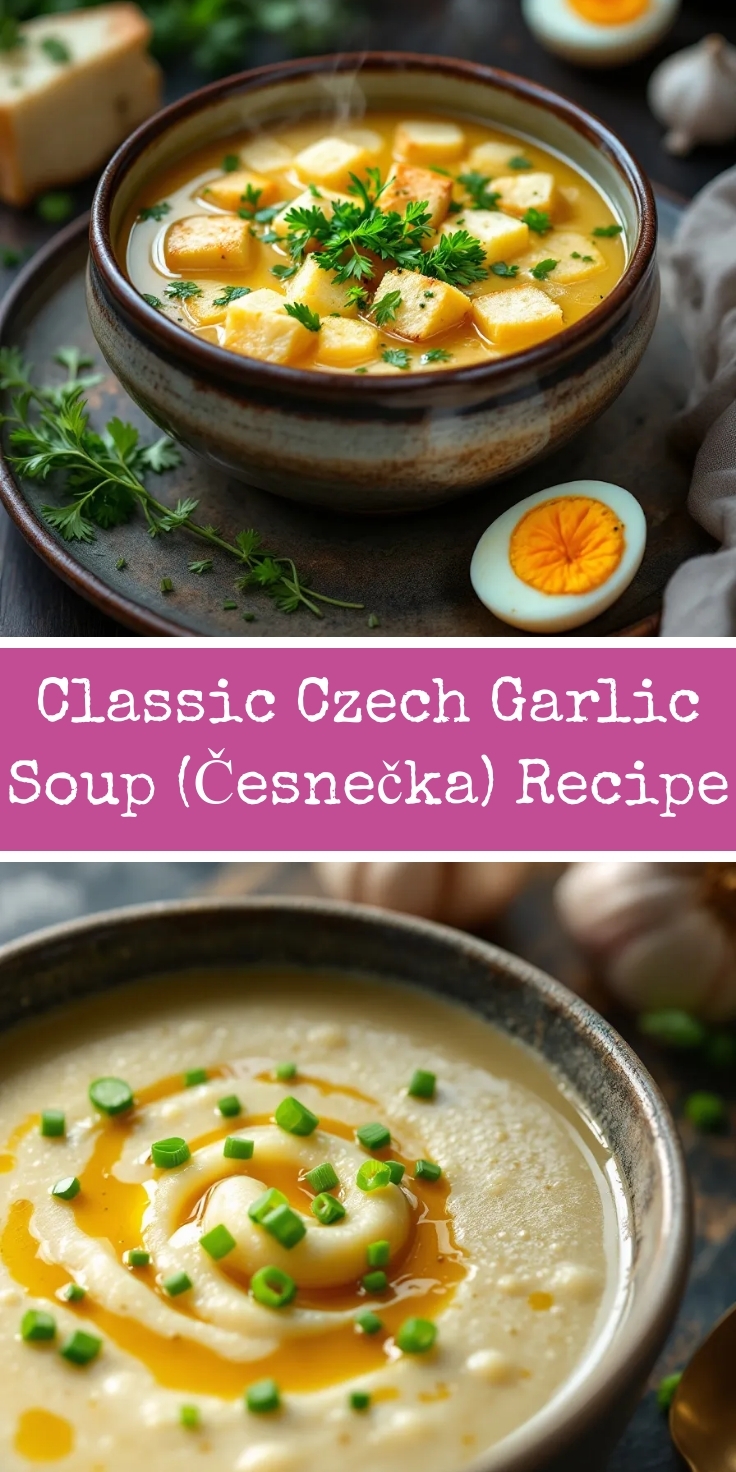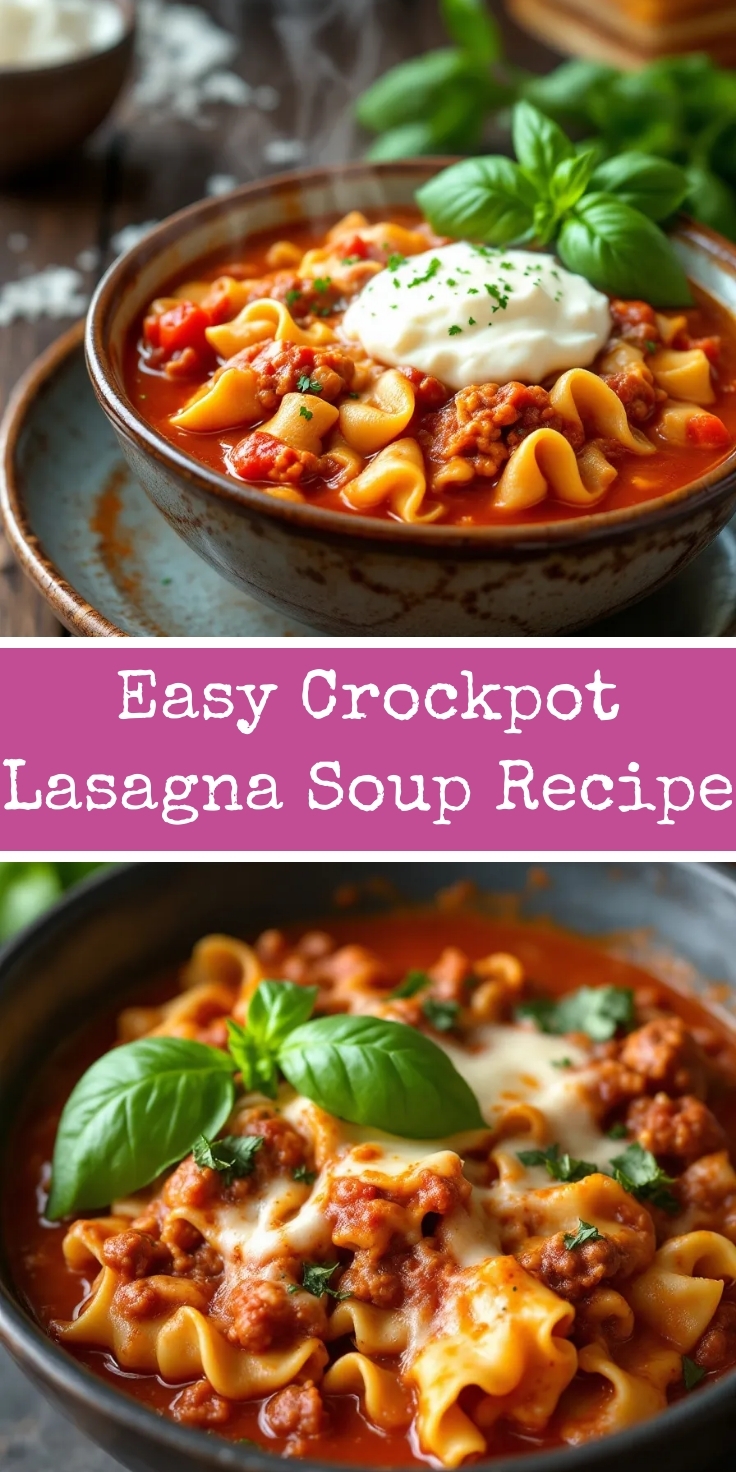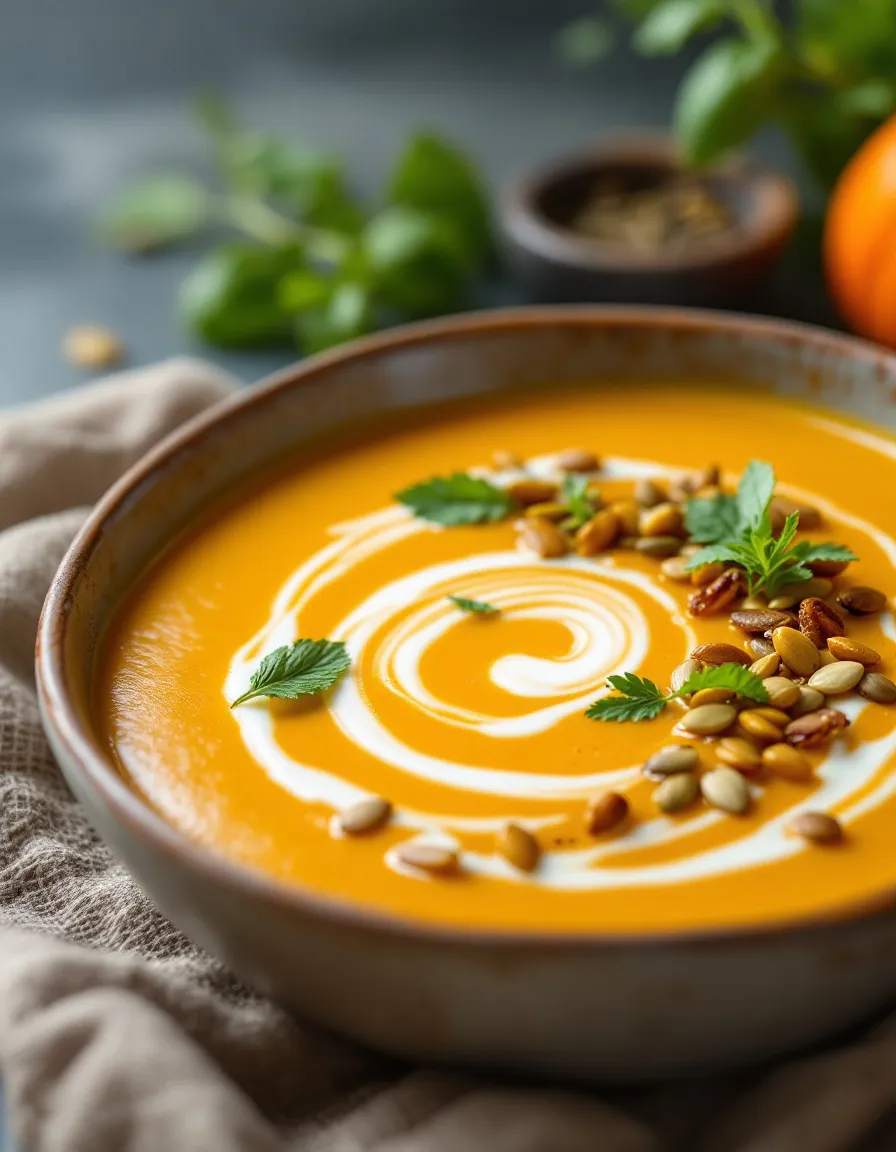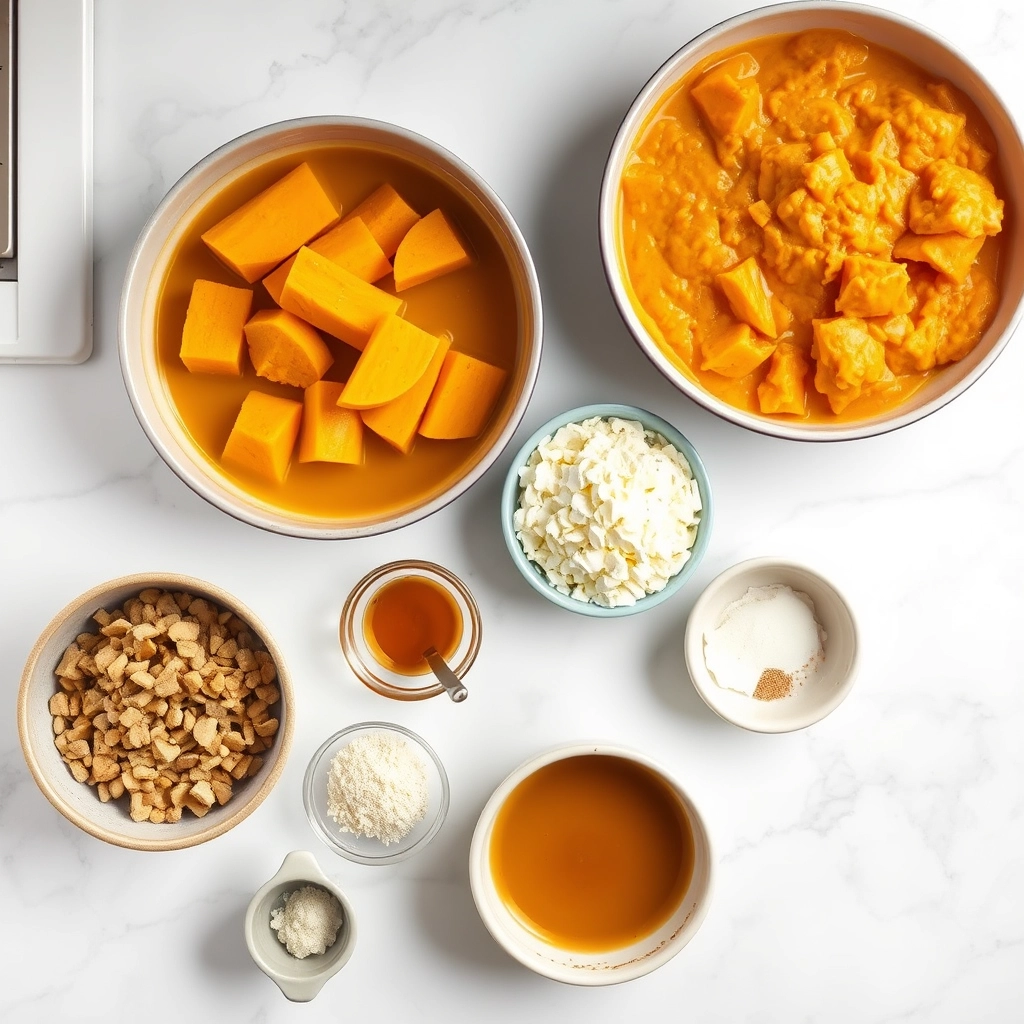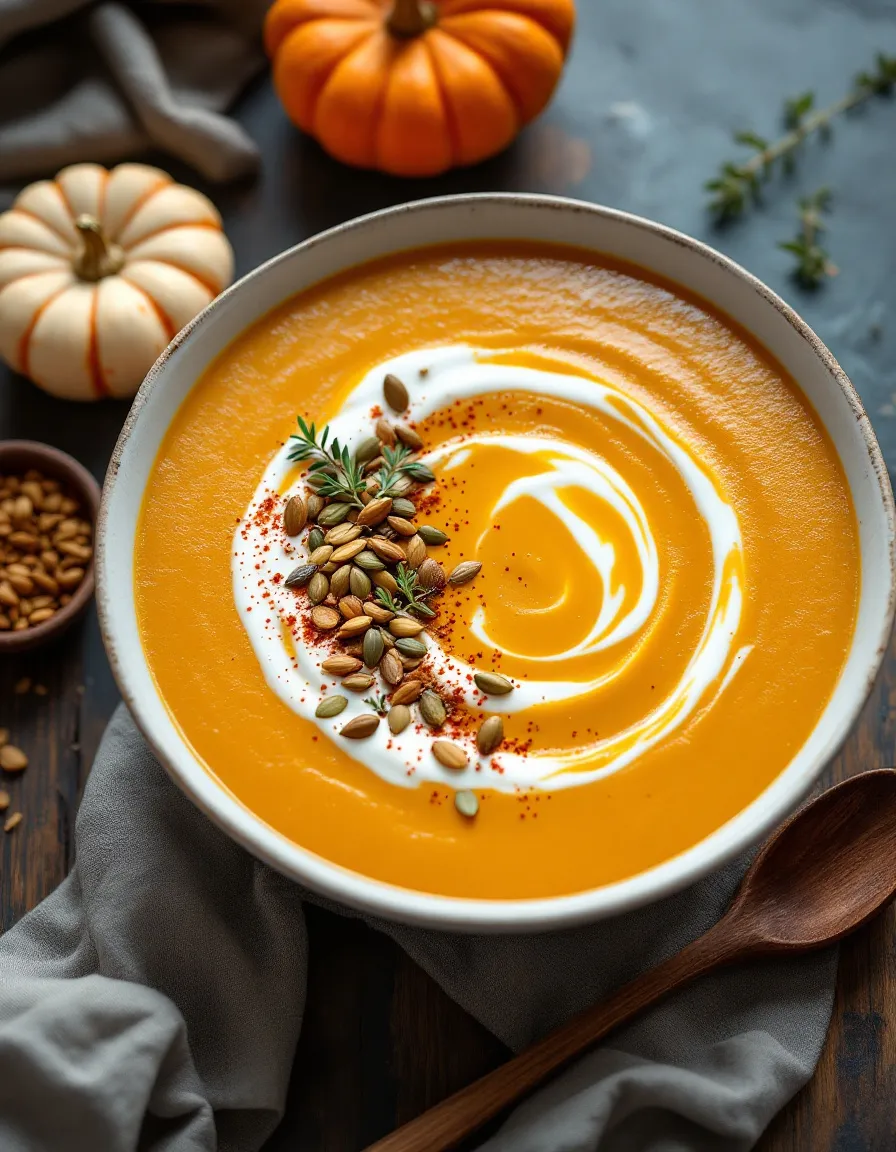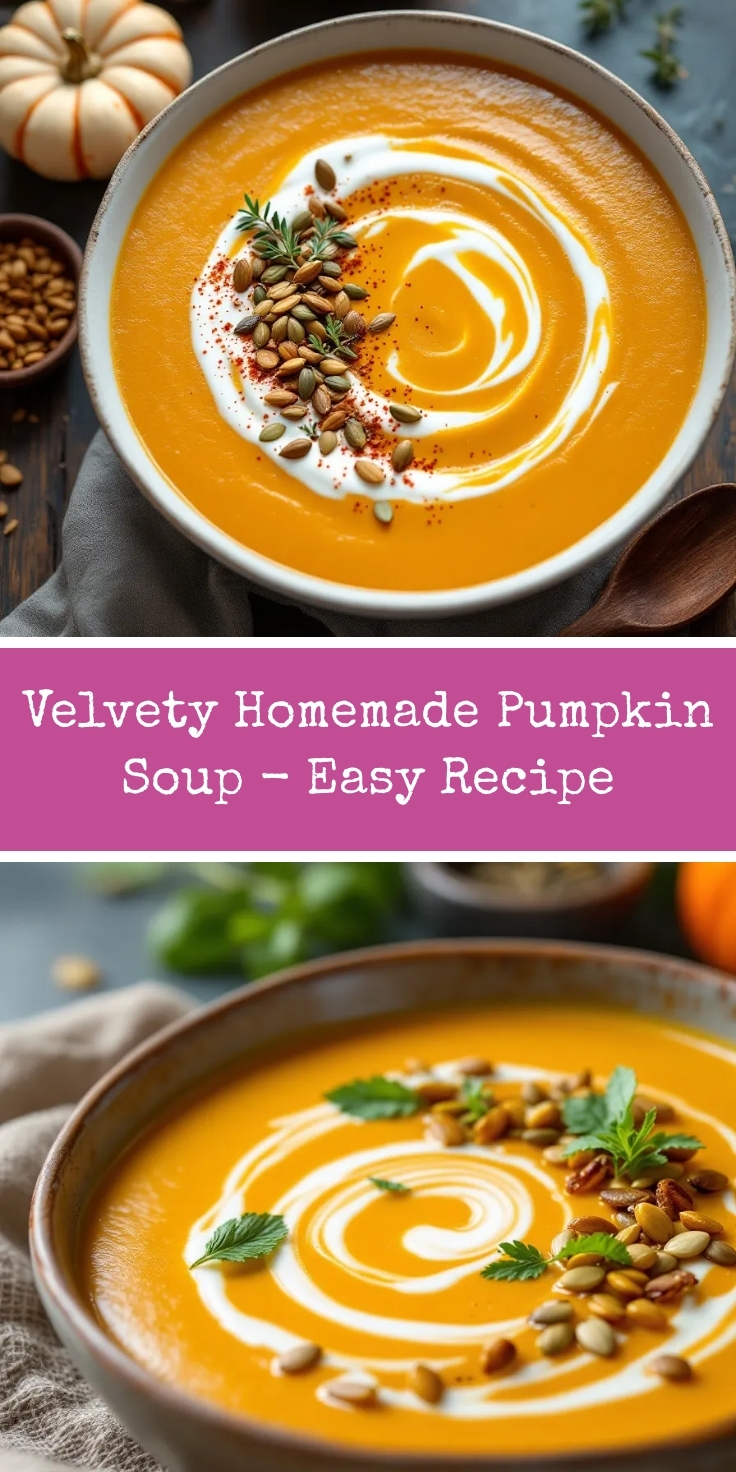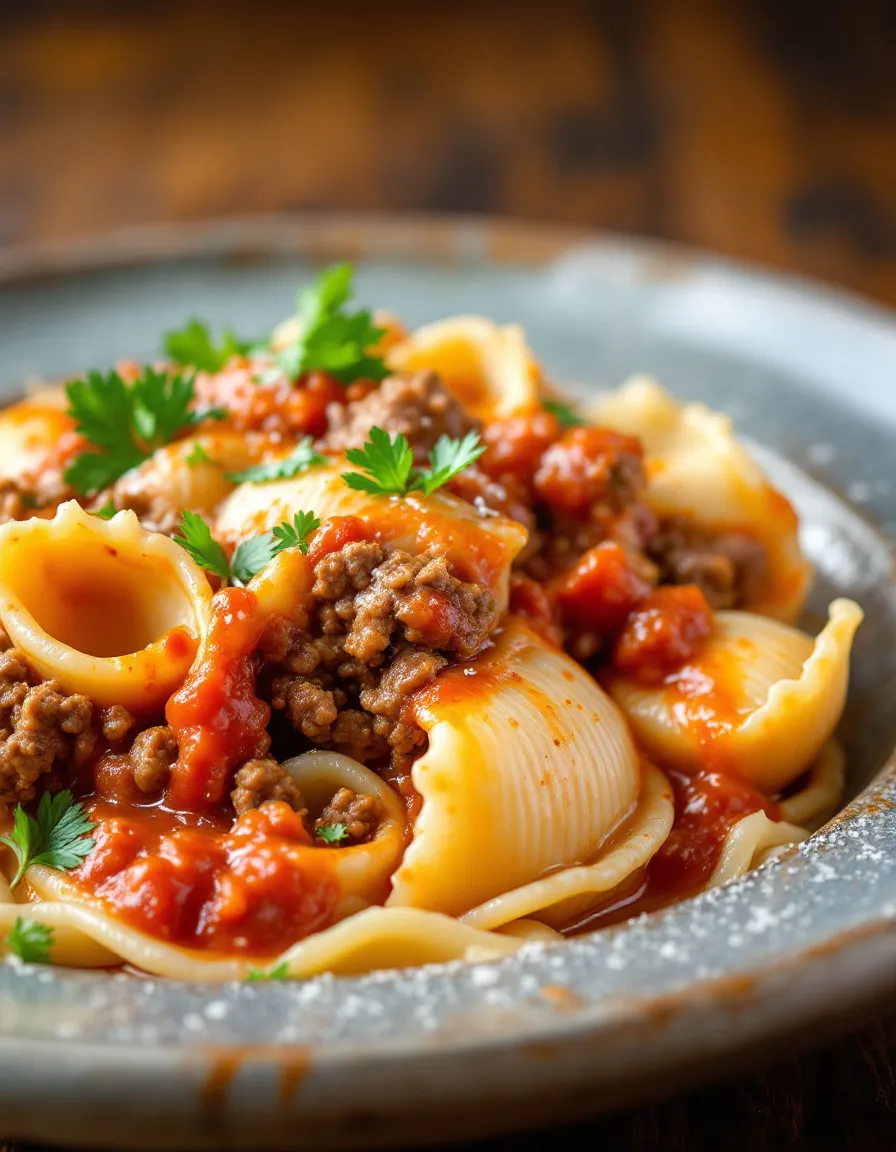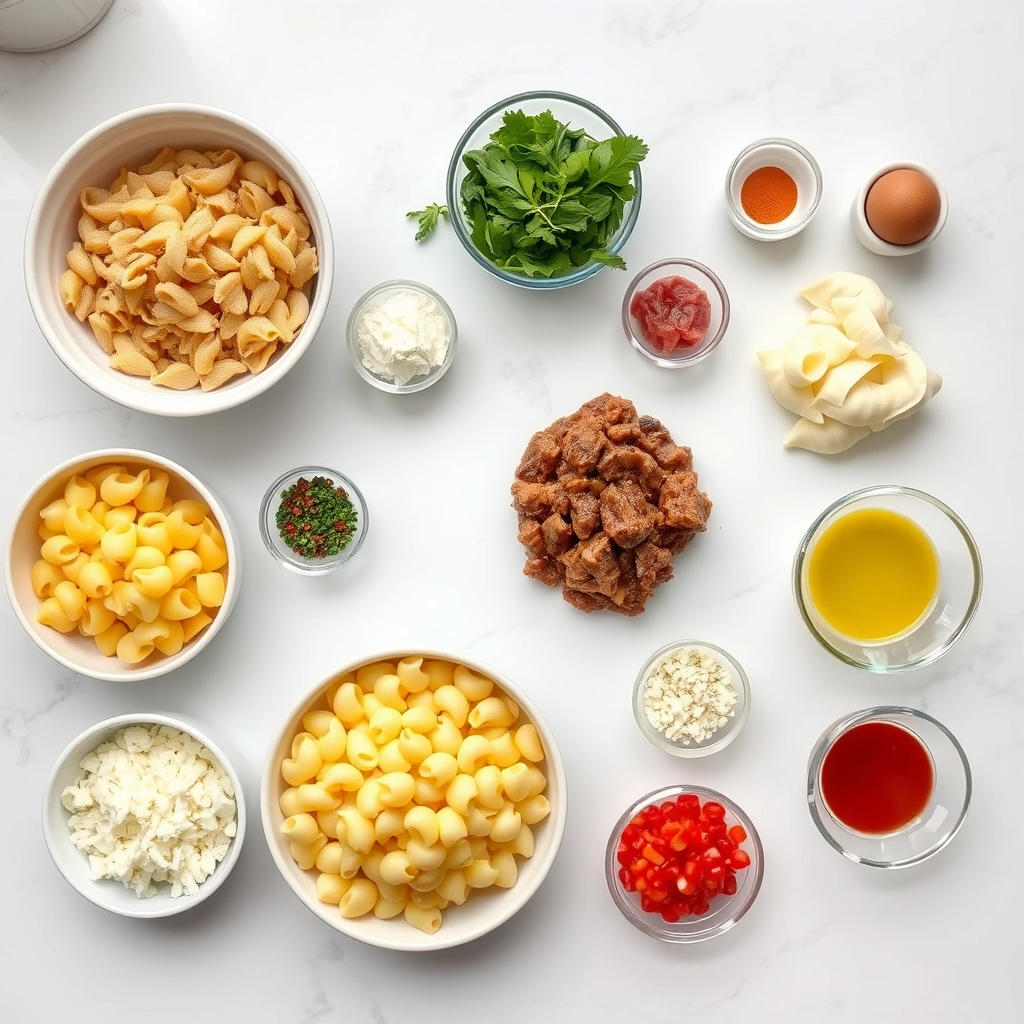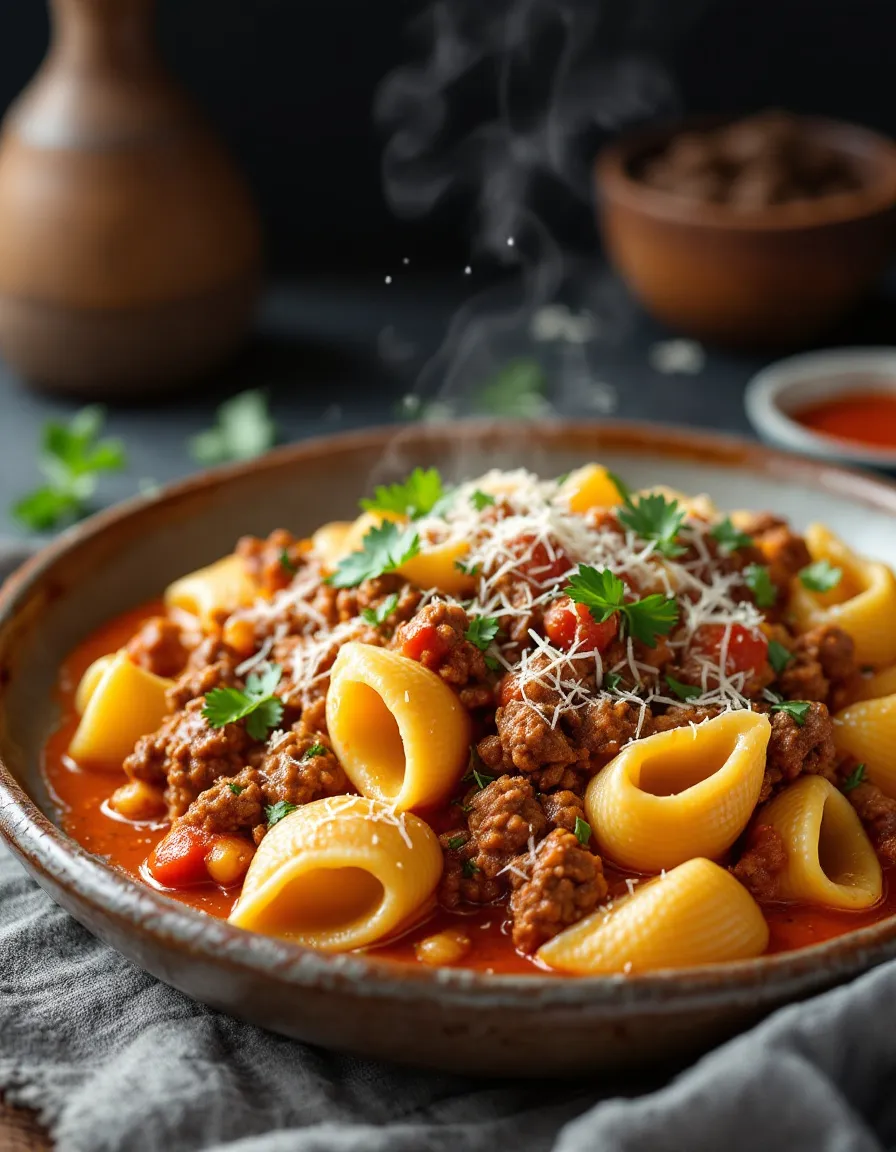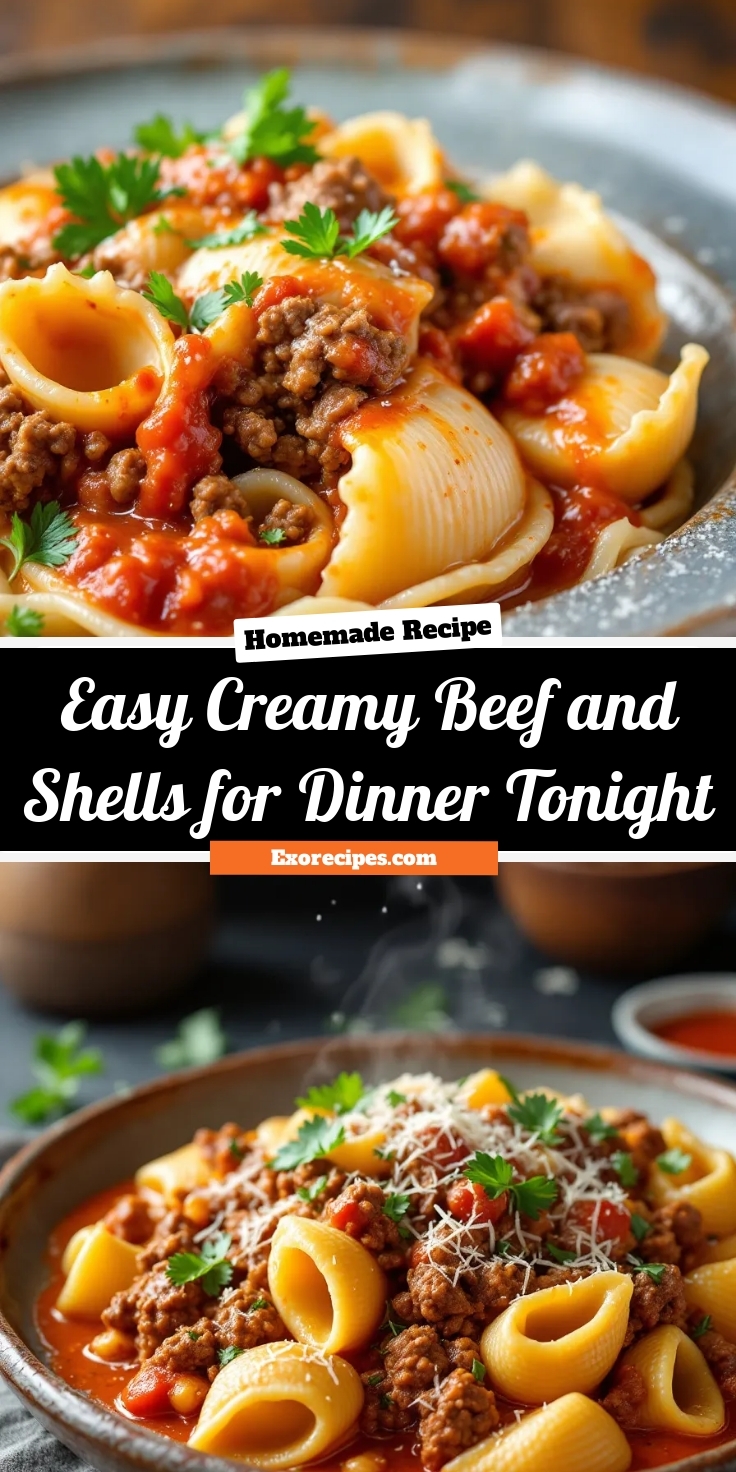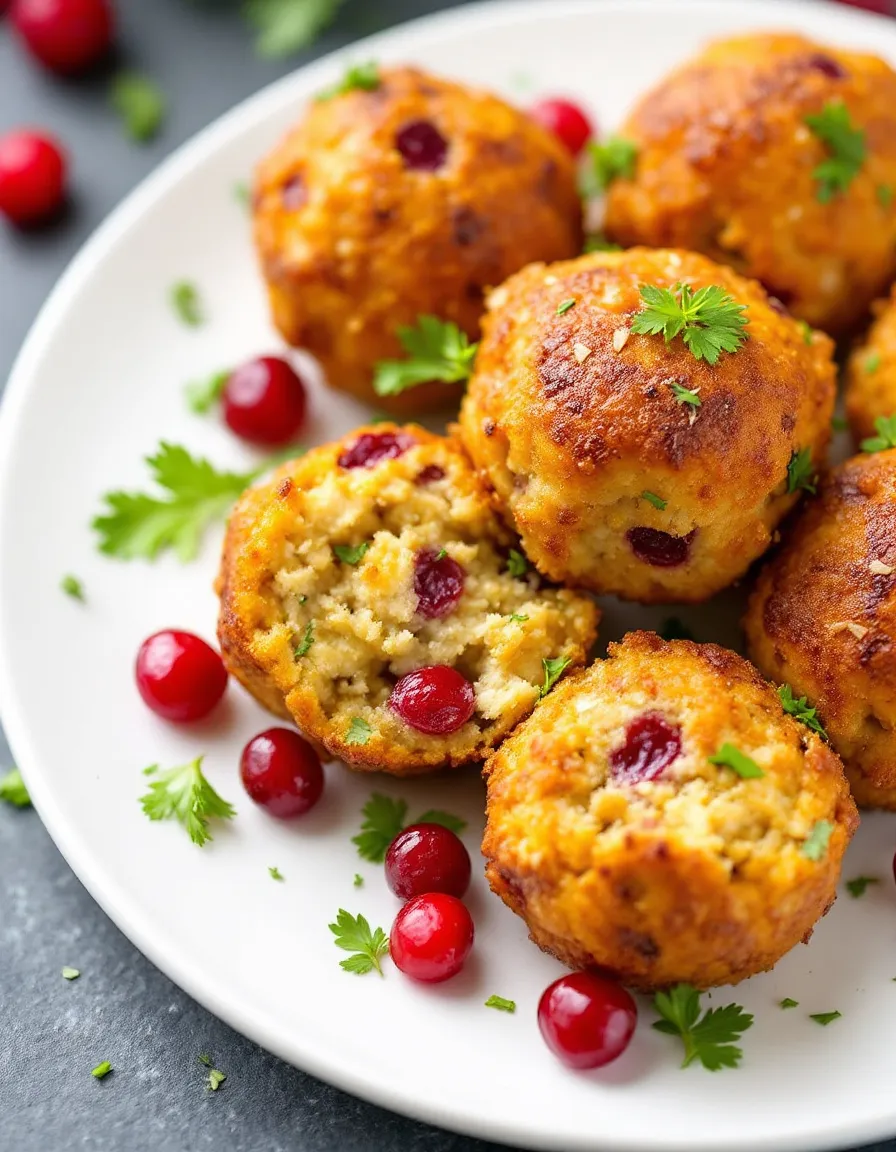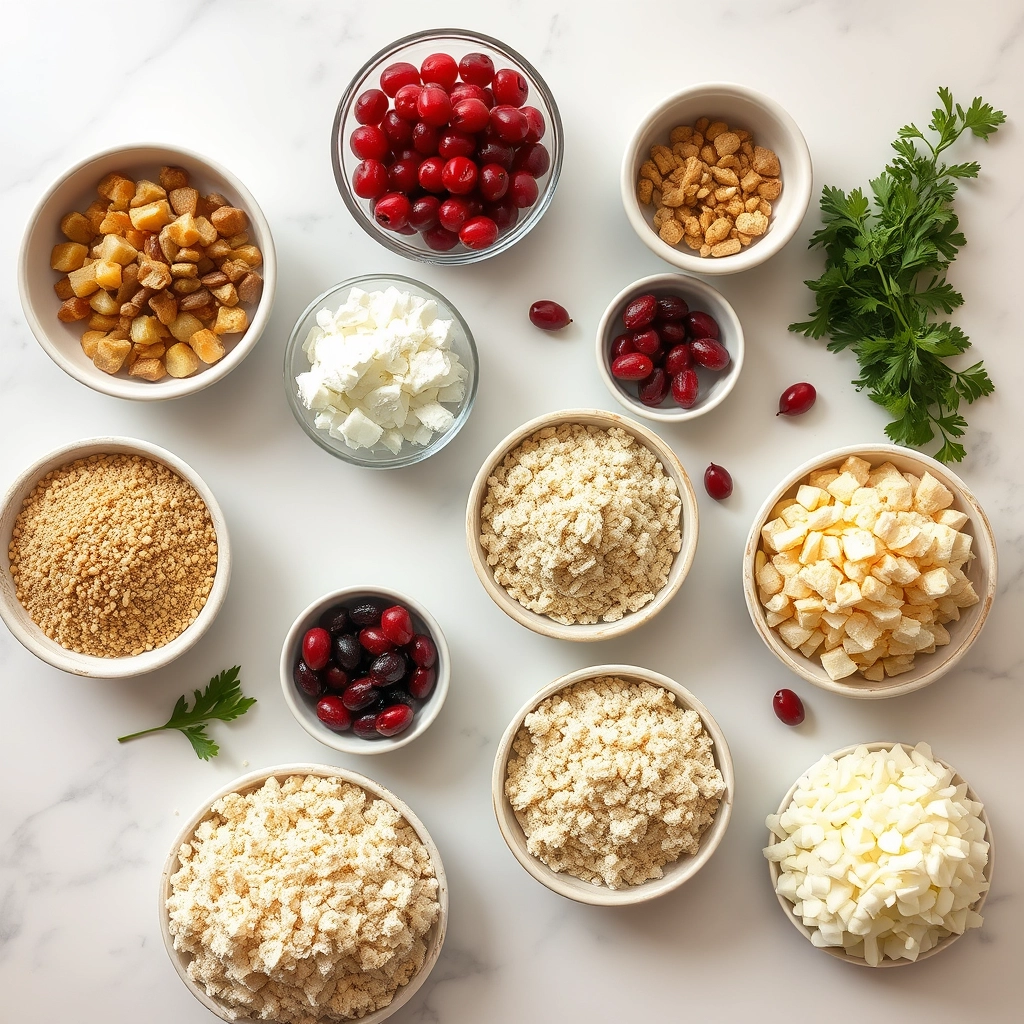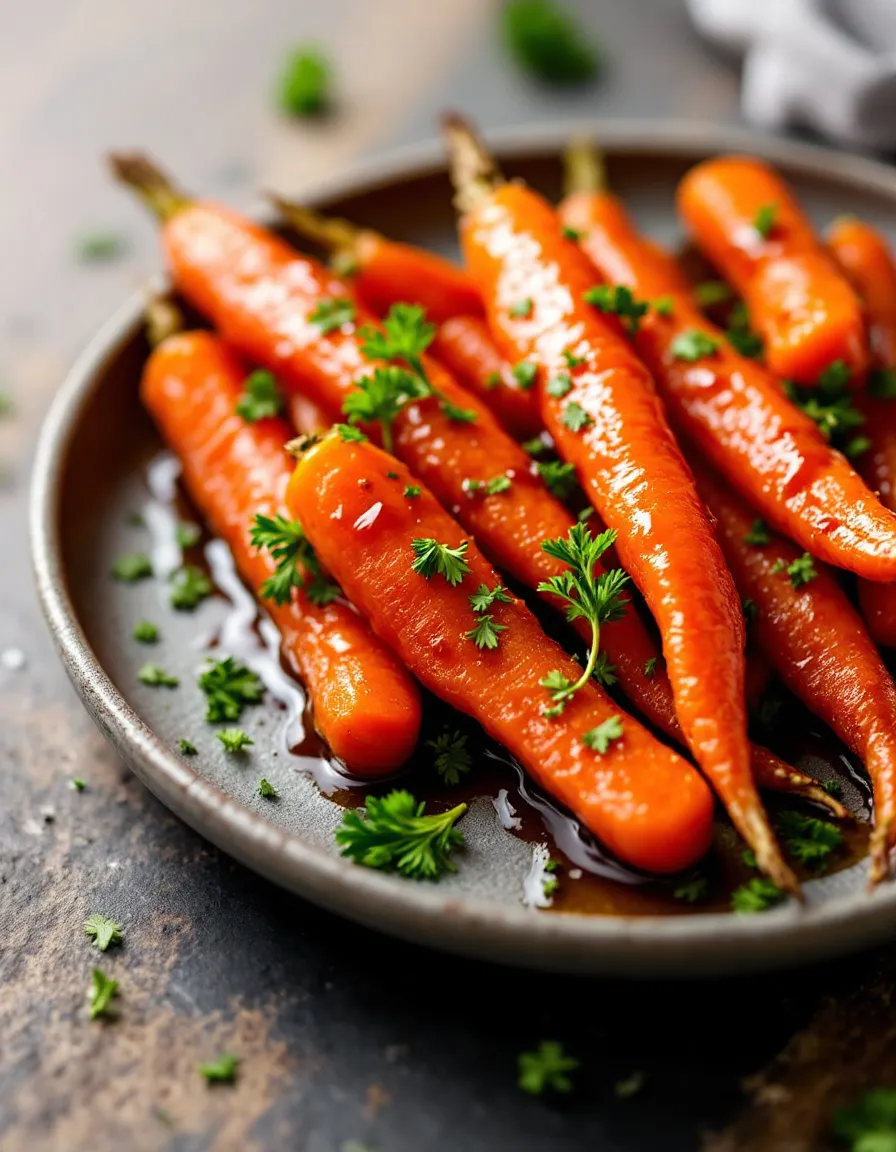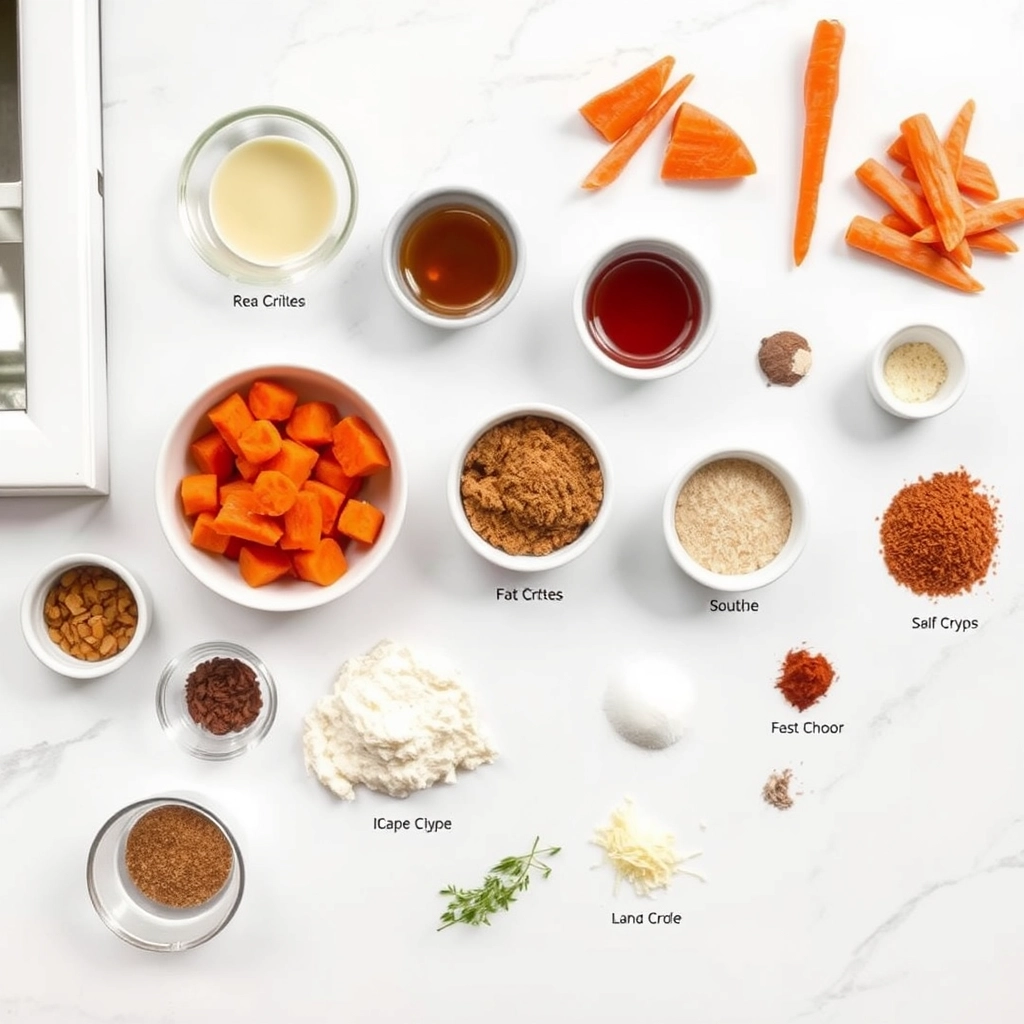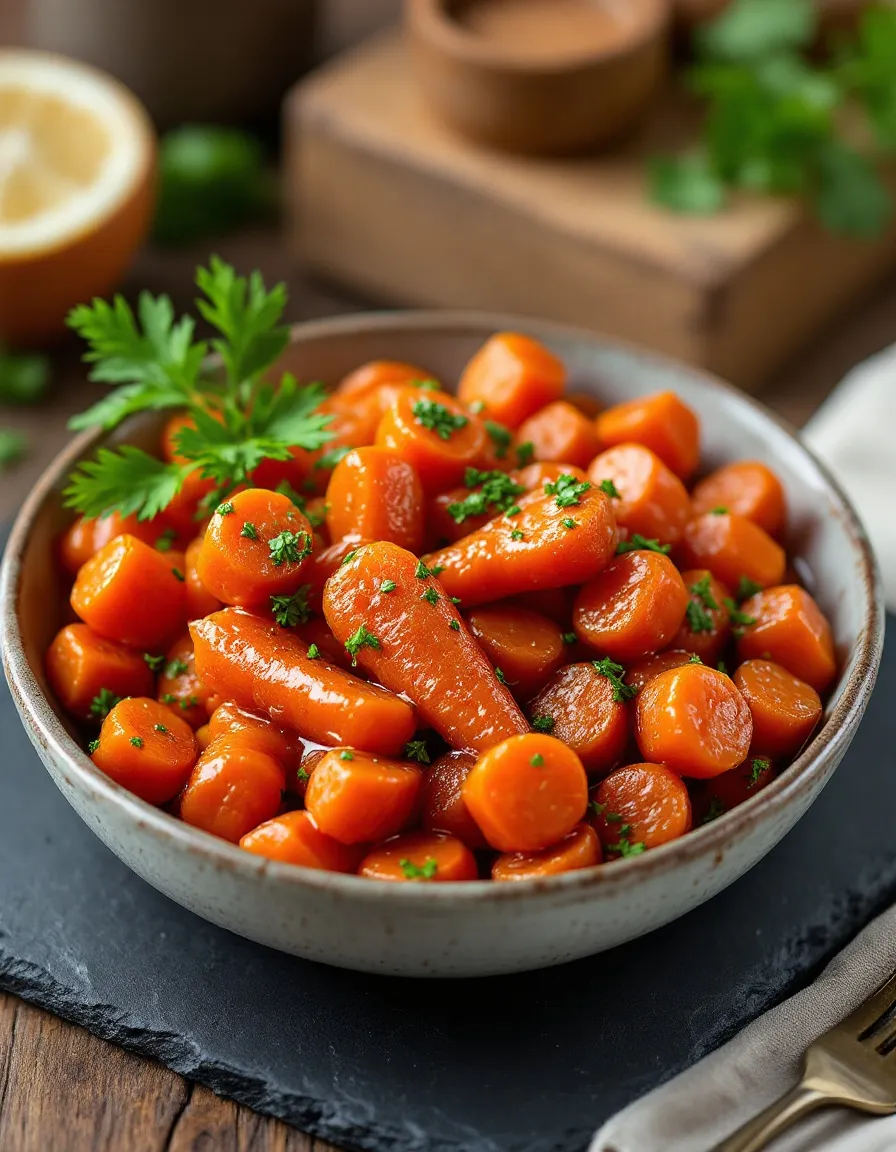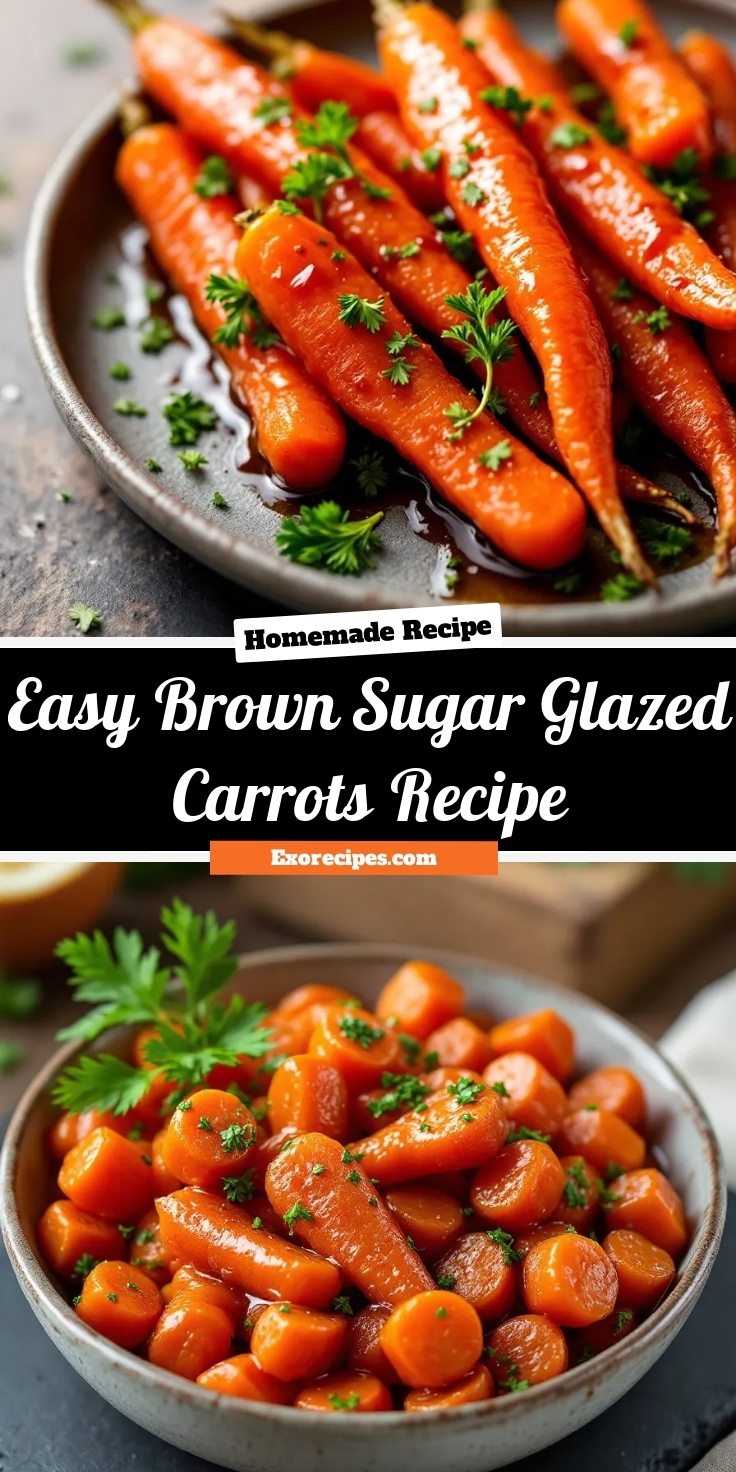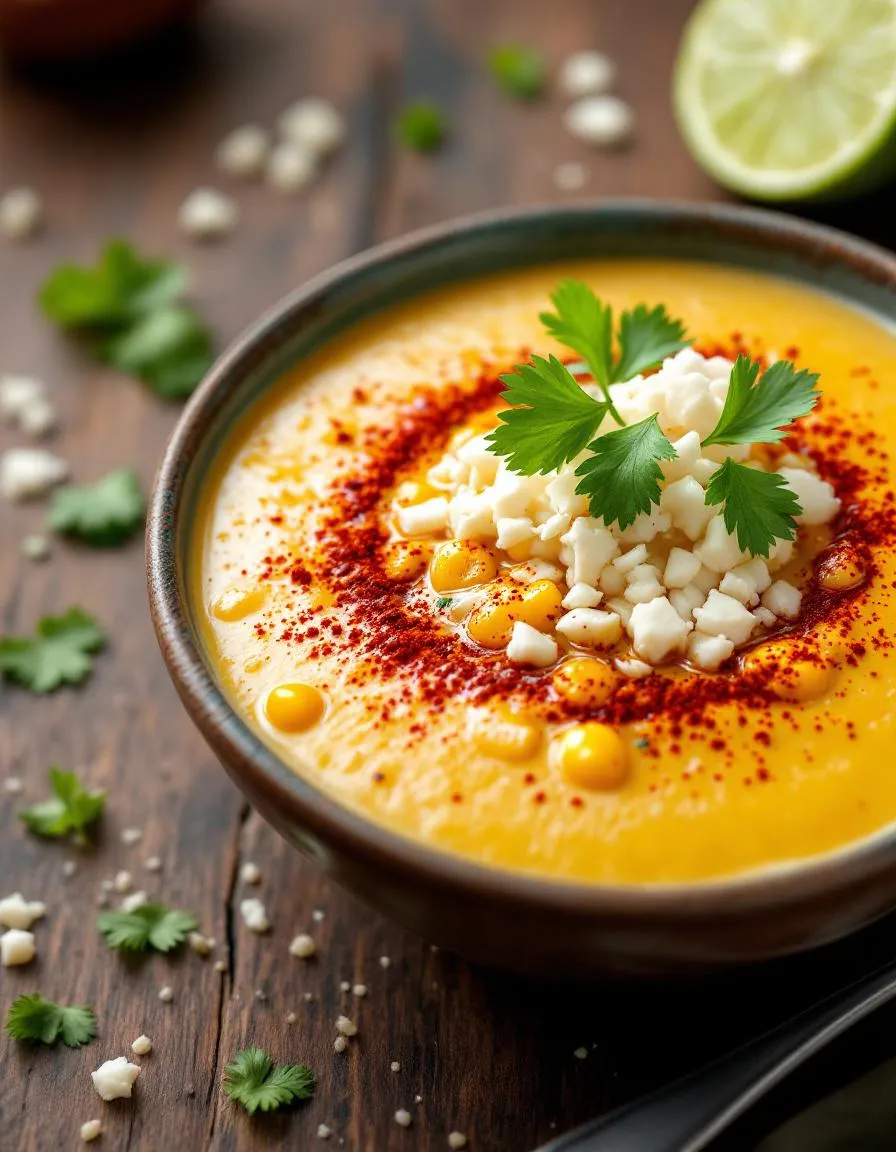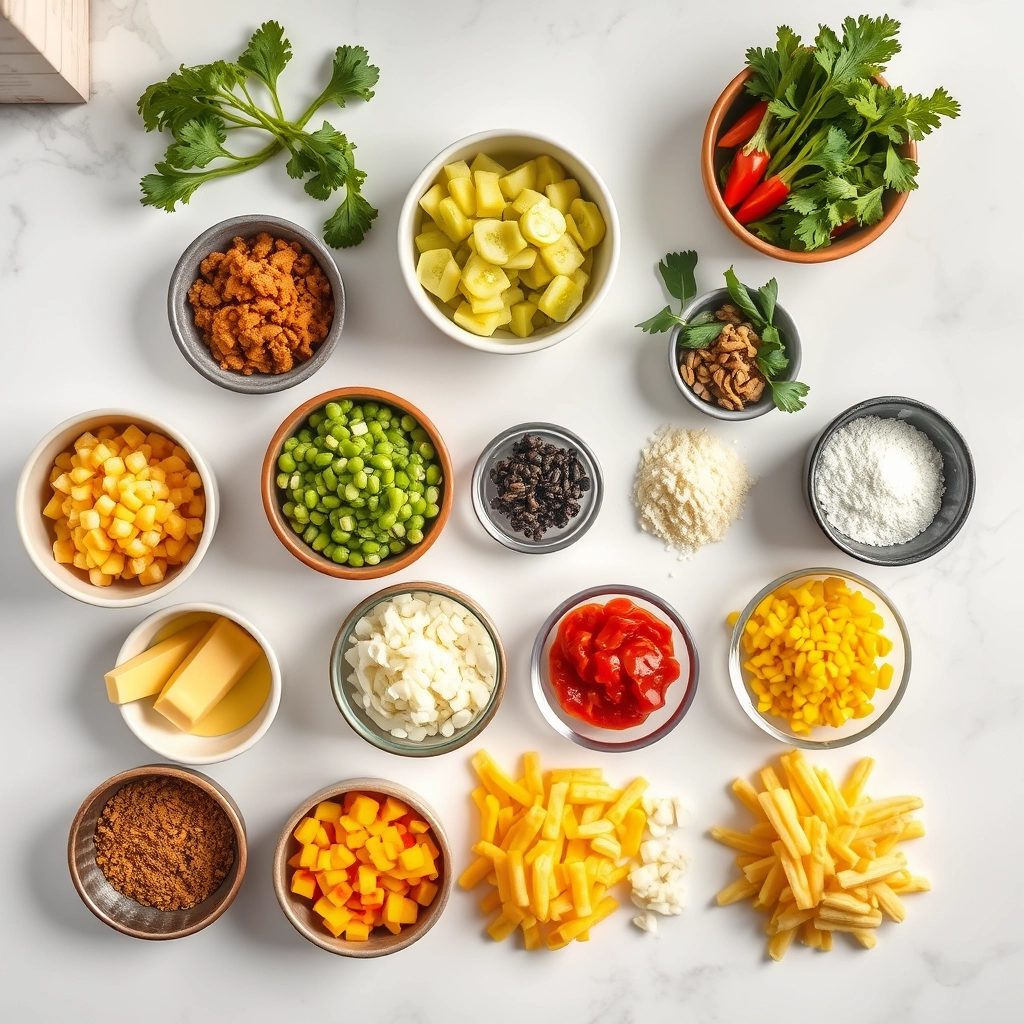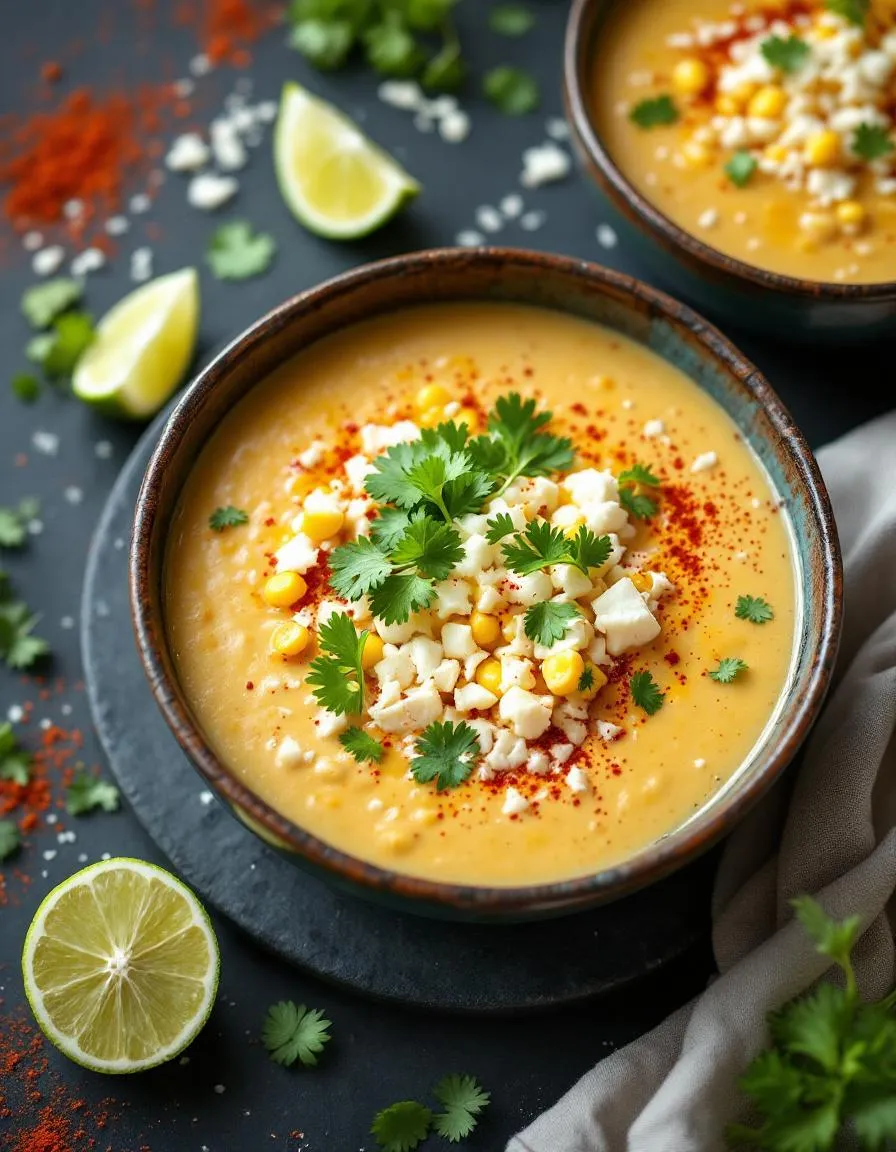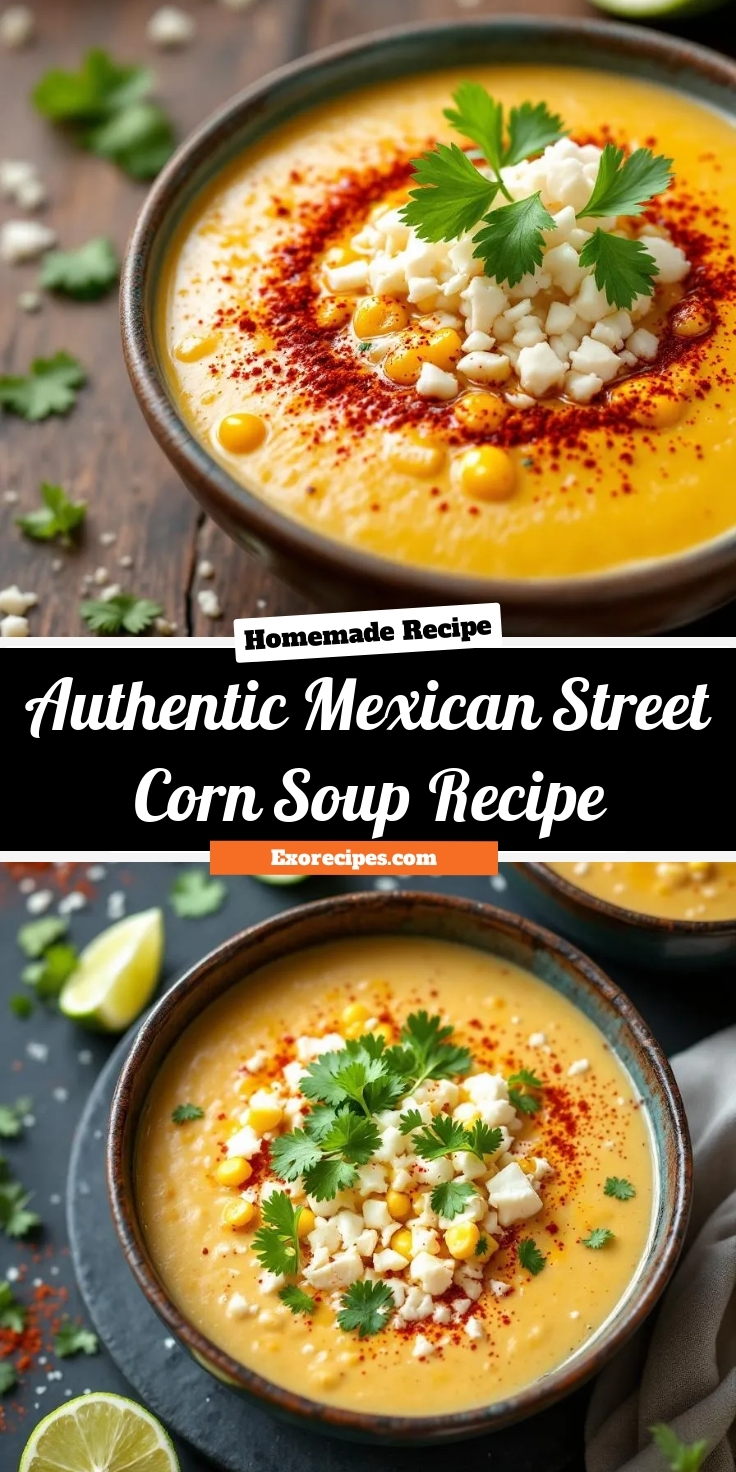Introduction
Have you ever craved a meal that feels like a warm hug from the inside out? Perhaps you need something to soothe a scratchy throat or simply desire a bowl of pure, uncomplicated comfort. This is where the magic of authentic Czech Garlic Soup, or Česnečka, comes in. Moreover, it is the ultimate soul-warming remedy that transforms simple, humble ingredients into something truly extraordinary. Let us walk you through how to make this classic remedy that has comforted generations.
Czech Garlic Soup is a traditional peasant dish born from necessity and ingenuity. It utilizes staple pantry items like garlic, broth, and potatoes to create a deeply flavorful and incredibly nourishing meal. Importantly, this soup holds a legendary status in Czech culture as a powerful folk remedy, especially for fighting off colds and flu. The sheer amount of garlic does more than provide a robust flavor; it actually packs a serious immune-boosting punch. Consequently, this recipe fits our blog’s tone perfectly because we celebrate dishes that are both incredibly delicious and genuinely good for you. Furthermore, we believe that the best foods are often the simplest ones, made with intention and love. This recipe requires no fancy techniques or hard-to-find ingredients, making it accessible for every home cook. In fact, if you enjoy exploring global comfort foods, you will adore our collection of easy international comfort foods. Ultimately, a steaming bowl of this soup offers more than just warmth; it provides a feeling of well-being that is both immediate and profound.
Why I Love This Recipe
My love for this Czech Garlic Soup runs deep because it reminds me of my grandmother. She would always whip up a pot whenever anyone in our family felt a sniffle coming on. The entire house would fill with the unmistakable, comforting aroma of garlic and herbs, and just smelling it made you feel better instantly. I continue that tradition now in my own home. There is something incredibly satisfying about serving a bowl of this steaming soup, watching its simple magic make everyone at the table feel cared for and cozy. It is my absolute go-to for its powerful simplicity and the wave of nostalgia it brings with every single spoonful. For another simple yet powerful dish, try our classic homemade chicken noodle soup.
Health and Nutrition
Why it’s good for your body
Czech Garlic Soup delivers a powerful boost to your immune system. Garlic contains allicin, a compound that actively fights bacteria and viruses. Furthermore, this potent ingredient helps reduce inflammation throughout your body. A warm bowl of this soup soothes your throat and clears your sinuses, especially during cold season.
Moreover, Czech Garlic Soup provides a hydrating and nutrient-dense meal. The broth base keeps you hydrated while delivering essential minerals. Additionally, the garlic and other vegetables contribute valuable vitamins like Vitamin C and B6. These nutrients collectively support your body’s natural defenses and energy production.
Beyond its immune properties, this traditional soup actively supports heart health. Regular consumption of garlic can help maintain healthy cholesterol levels and blood pressure. Consequently, you nourish your cardiovascular system with every spoonful. Ultimately, enjoying Czech Garlic Soup is a delicious and simple way to invest in your long-term wellness.
How it fits in a healthy lifestyle
This soup fits perfectly into a balanced eating plan. You can easily enjoy it as a light lunch or a starter that helps manage portion sizes for your main meal. Its simple, whole-food ingredients make it a fantastic choice for clean eating.
For those with specific dietary needs, Czech Garlic Soup is naturally gluten-free when you use a GF broth. It also aligns with heart-healthy goals due to its low-fat profile and cardiovascular benefits. If you’re looking for more ways to incorporate wellness into your routine, explore our guide on creating a mindful eating environment. Pairing a bowl with a side salad makes for a complete and satisfying meal. Finding simple, nutritious recipes is key to maintaining consistency, and you can discover more inspiration in our collection of easy weeknight dinners.
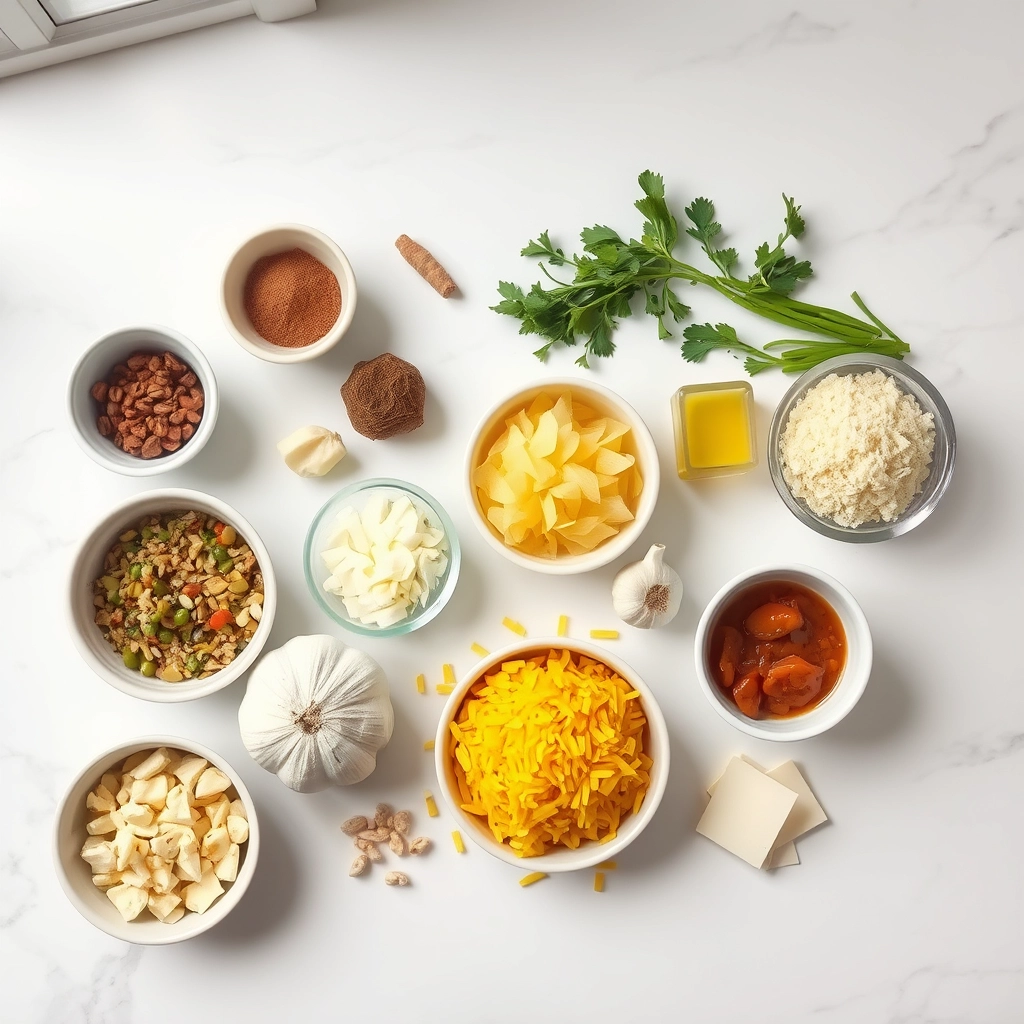
How to Prepare This Dish
Steps and time-saving tips
First, mince your garlic cloves finely. Meanwhile, melt the butter in a good-sized pot over medium heat. Next, add your garlic and give it a quick stir for just about a minute until it becomes fragrant. You absolutely do not want to brown it. Then, sprinkle in the caraway seeds and stir them for another thirty seconds to unlock their flavor. Pour in your broth and bring the whole mixture to a lively boil. Reduce the heat and let it simmer gently for ten minutes. This allows all the wonderful flavors to get to know each other. Now, grab a small bowl and whisk your egg yolk with the heavy cream. This next step is crucial: slowly drizzle a ladleful of the hot soup into the cream mixture while whisking constantly. This tempers the eggs and prevents them from scrambling. Finally, stir this creamy mixture back into the main pot. Remove it from the heat immediately. Season your Czech Garlic Soup with salt and pepper, then ladle it into bowls. Top with cubed bread and a generous handful of cheese. For a real time-saver, use a quality pre-minced garlic from the jar. Additionally, you can prepare your croutons in the toaster while the soup simmers.
Mistakes I’ve made and learned from
I have definitely learned a few lessons the hard way with this Czech Garlic Soup. My biggest mistake was dumping the cold cream and egg mixture directly into the simmering pot. The result was a pot of deliciously garlicky scrambled egg soup, which was not the goal! Now I always temper the eggs properly with a ladle of hot broth first. Another error I made was using a very young, mild cheese for the topping. It simply melted into a gluey mess instead of providing that sharp, salty bite. I learned that a well-aged cheese, like the ones I use for my Perfect Grilled Cheese, grates beautifully and holds its texture. Getting the garlic right is also key; burning it makes the entire soup bitter. If you’re new to working with garlic, my guide on Knife Skills Basics will help you mince it quickly and evenly. Trust me, these small tweaks make all the difference between a good soup and a great one.
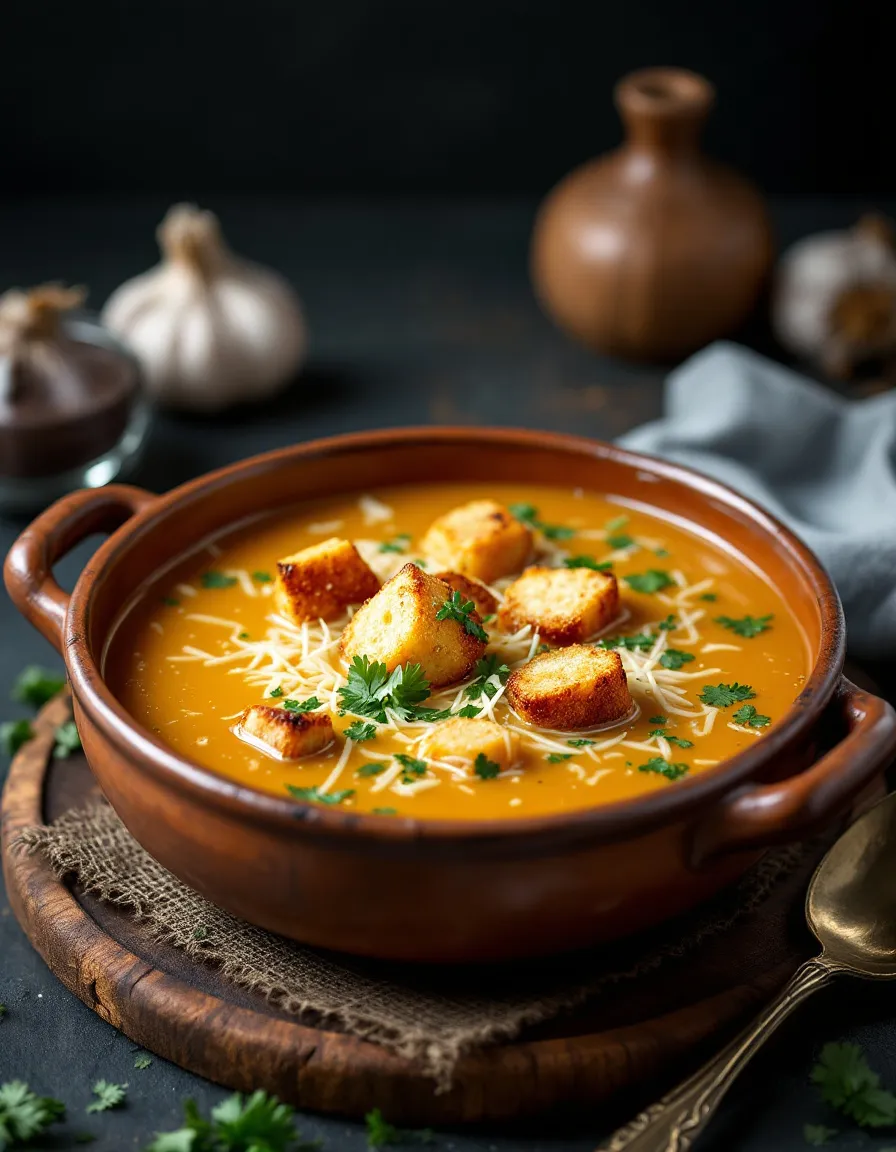
Cultural Connection and Variations
Where this recipe comes from
Czech Garlic Soup, or Česnečka, warms the soul from the inside out. This humble dish truly embodies the Czech spirit of making something incredible from simple, accessible ingredients. Families traditionally serve it as a powerful remedy for colds and a foggy head. Moreover, every Czech household and pub seems to have its own cherished version. Some recipes call for a whole head of garlic, while others temper the pungency with a generous amount of smoked meat or a handful of majoram. In my own family, we always fry the bread cubes for the croutons in butter until they are golden and crisp. Interestingly, you find similar garlic soups across Central Europe. For instance, the Polish offer Zupa Czosnkowa, which often includes a soft boiled egg. Meanwhile, the Slovakian version might feature potatoes or a larger quantity of root vegetables. Ultimately, a steamy bowl of Czech Garlic Soup offers more than just warmth. It delivers a direct, comforting link to a rich culinary history.
How it fits in today’s cooking
This classic soup fits perfectly into our modern cooking routines. People still crave its deep, savory flavor and its renowned immune-boosting properties, especially during the chilly winter months. Furthermore, contemporary home cooks love to put their own spin on it. Many now use a rich homemade chicken stock as the base for an even deeper flavor. Others might stir in kale or spinach for a nutrient-packed twist. You can easily enjoy Czech Garlic Soup as a light weeknight dinner, perhaps followed by a simple dessert like our Easy Chocolate Mousse. Consequently, it remains a versatile and beloved dish. It also shines as a comforting starter for a larger holiday feast. In fact, its simplicity makes it the perfect opening act for a more complex main course, such as our stunning Herb Crusted Pork Tenderloin. Ultimately, this timeless soup continues to connect us to tradition while adapting to our current kitchens.
Taste and Texture
What makes it delicious
This Czech Garlic Soup delivers a uniquely comforting and robust experience. Firstly, the potent, fragrant aroma of slowly simmered garlic immediately fills the room and awakens the appetite. Each spoonful offers a velvety, creamy potato base that perfectly balances the sharp, pungent kick of the garlic. Furthermore, the soft, tender potato pieces provide a wonderful textural contrast to the occasional chewy, savory crouton on top. Ultimately, the rich, savory broth and the deep, aromatic garlic create a profoundly satisfying and cozy bowl. You will find this Czech Garlic Soup both surprisingly mellow and incredibly flavorful.
Boosting the flavor
You can easily elevate your soup with a few creative additions. For instance, try stirring in a spoonful of sour cream for a tangy, luxurious creaminess that cuts through the garlic’s intensity. Alternatively, a sprinkle of sharp, shredded cheese or crispy fried onions adds a fantastic salty crunch. Moreover, a side of crusty bread is perfect for sopping up every last bit of the delicious broth. If you want to explore another classic soup, consider our ultimate guide to crafting a rich French Onion Soup. For a simple, savory side that pairs beautifully, our easy Garlic Butter Rice recipe completes the meal perfectly.
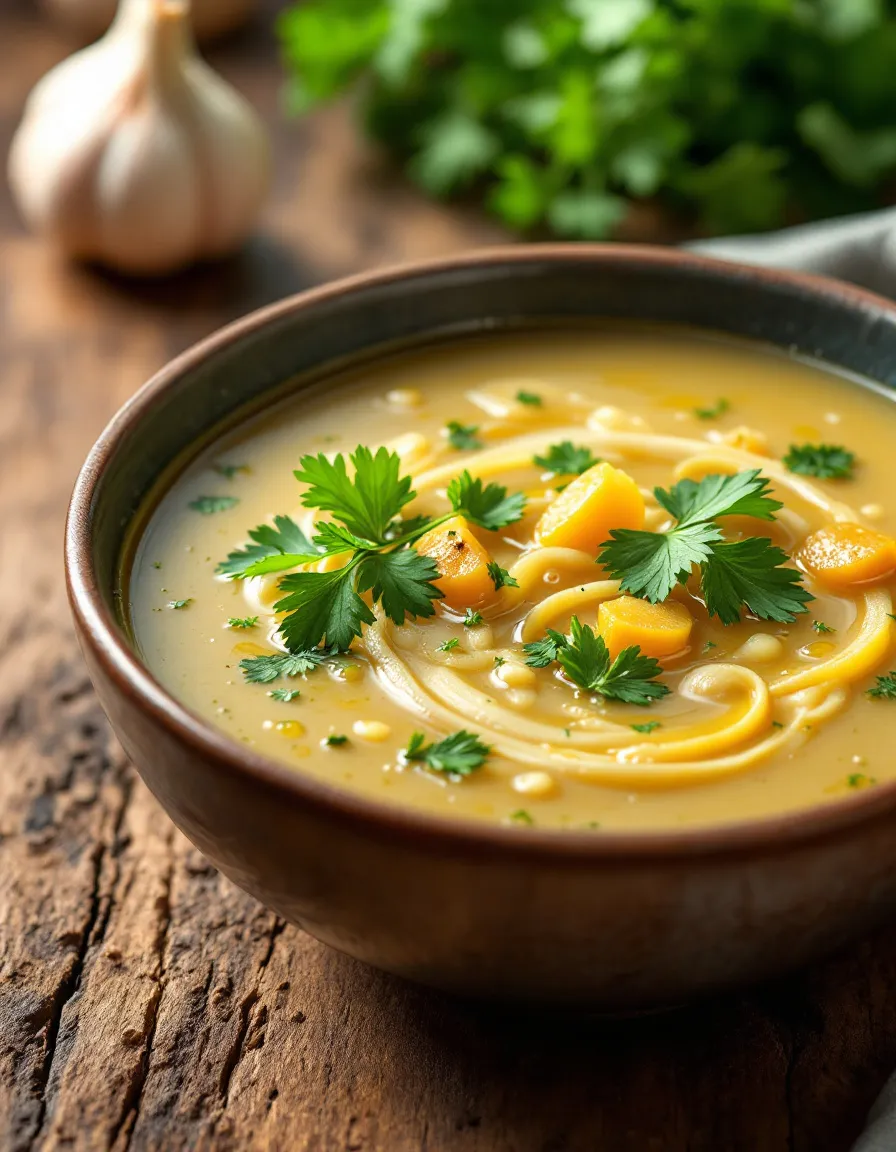
Tips for Success
Best practices for results
First, always use fresh garlic cloves for the most authentic and potent flavor in your Czech Garlic Soup. Furthermore, slowly toast your bread cubes in the oven until they are perfectly golden and crisp. For a truly smooth texture, gradually whisk your egg yolk mixture into the hot broth. Additionally, do not skip the final sprinkle of fresh marjoram, as it provides the classic finish.
Mistakes to avoid
A common mistake is letting the soup boil after adding the egg yolks; consequently, this will cause them to curdle instead of creating a silky texture. Instead, always temper the eggs with hot broth off the heat. Moreover, avoid using stale or soft bread for the croutons, as they will become soggy rather than providing a satisfying crunch. For more on achieving perfect textures in your dishes, explore our guide on soup thickening methods. Also, do not underestimate the salt; since the potatoes and broth absorb it, always taste and season at the end. If you are new to working with eggs in hot liquids, our tips for tempering eggs will ensure success every time.
Serving and Pairing Suggestions
How to serve this dish
Present your Czech Garlic Soup in a deep, rustic bowl to highlight its comforting nature. For a truly authentic touch, top it with a generous handful of fresh parsley and some homemade croutons. Furthermore, serve it piping hot as an impressive starter for a dinner party. This classic soup also makes a wonderfully soothing meal on a chilly evening. Ultimately, its robust flavor and creamy texture promise to warm you right up.
What goes well with it
A crusty, warm loaf of bread is the perfect partner for sopping up every last bit of this flavorful broth. Additionally, a simple, crisp green salad provides a refreshing contrast to the rich, garlicky soup. For a heartier meal, consider pairing it with our savory Beef Goulash. Finally, a cool, crisp pilsner beer beautifully cuts through the soup’s richness and completes the Czech experience, especially alongside our soft Czech Knedliky dumplings.
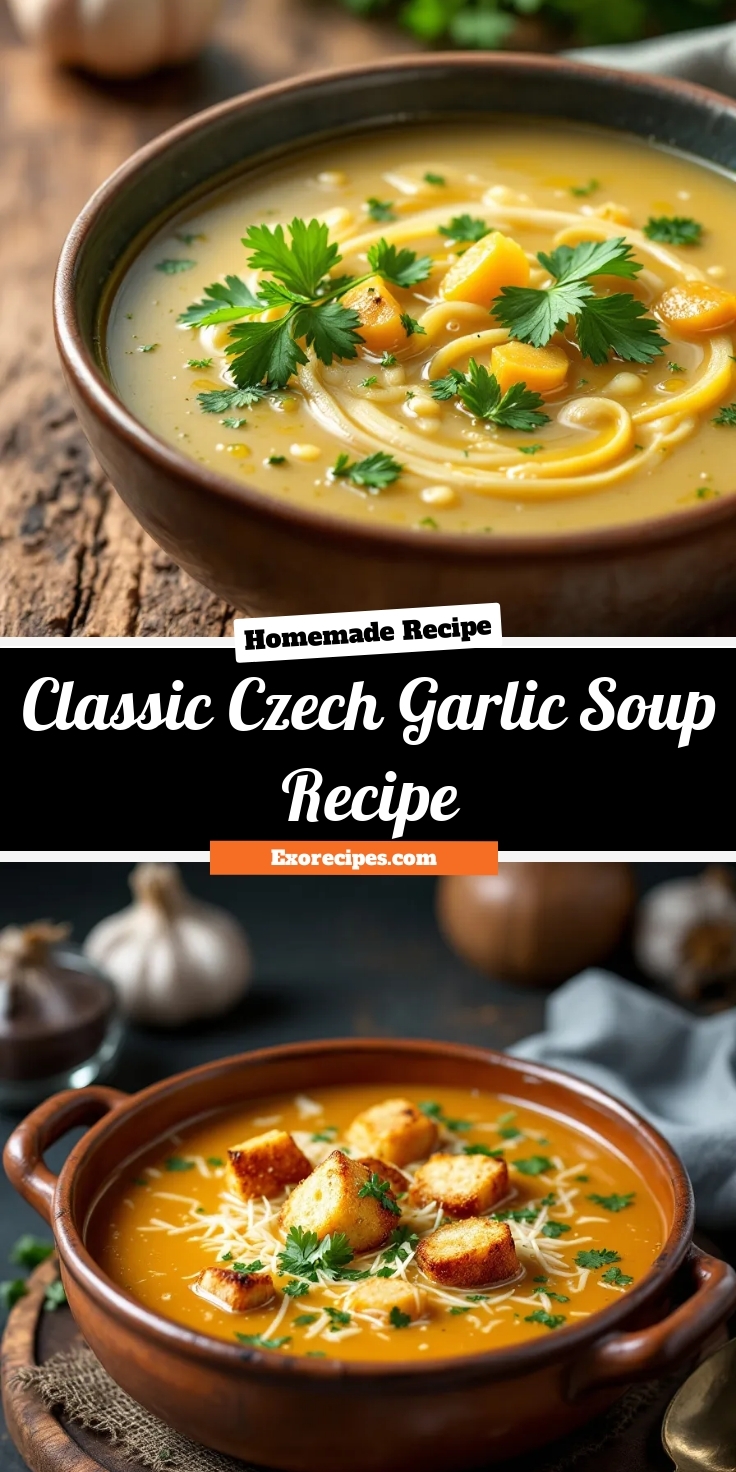
Traditional Czech Garlic Soup, known as Česnečka, is a simple, savory broth made from a base of water or stock, a generous amount of crushed garlic, and key spices like caraway seeds and marjoram. It is typically thickened with a roux or potatoes and finished with a swirl of oil. This hearty Czech Garlic Soup is often served with fried bread cubes or a raw egg stirred in at the end for extra richness.
Czech Garlic Soup is renowned for its health benefits, primarily due to the high concentration of raw garlic which has natural antibacterial and antiviral properties. It is a classic home remedy in the Czech Republic for fighting colds and flu. The soup is also hydrating, easy to digest, and packed with antioxidants.
Česnečka is commonly served with crispy croutons or fried bread cubes, which add a delightful textural contrast. For a more substantial meal, pair it with a classic Czech open-faced sandwich or a simple side salad. Many also enjoy it with a sprinkle of grated cheese or fresh parsley on top.
The most common way to thicken Czech Garlic Soup is by creating a simple roux from equal parts flour and butter or oil, which is then whisked into the simmering broth. Alternatively, you can puree boiled potatoes directly in the soup or add a slurry of cornstarch and water. This step gives the soup its characteristic hearty and comforting consistency.

Česnečka (Czech Garlic Soup or Hangover Soup)
- Total Time: PT40M
- Yield: 4 servings 1x
Description
With two full heads of garlic, potato, rich chicken stock, crispy rye bread croutons, and a simple seasoning blend, it’s a delicious meal that’s worth eating
Ingredients
- Croutons:
- 2 cups 1/2-inch cubed stale rye bread or any kind of bread you like
- 2 teaspoons beef tallow melted (see Notes)
- 1/4 teaspoon salt
- 1/8 teaspoon black pepper
- Soup:
- 4 tablespoons beef tallow
- 1 pound yellow potatoes cut into 1/2-inch cubes (I use yellow potatoes so I can leave the peel on because they have thin skin)
- 1 small-medium yellow onion chopped small (about 3/4 cup)
- 20 large cloves garlic divided into 18 cloves thinly sliced and 2 cloves crushed (about 1/2 cup of thinly sliced garlic and 1 tablespoon of crushed garlic)
- 4 cups chicken stock or vegetable stock
- 1 teaspoon dried crushed marjoram leaves
- 1 teaspoon caraway seeds lightly crushed
- 1 teaspoon salt
- 1/2 teaspoon black pepper
- 1 bay leaf
- 2 tablespoons minced fresh parsley plus more for garnish
- 1/2 cup shaved parmesan cheese for garnish
Instructions
- Croutons:
- Preheat the oven to 350°F (175°C).
- Toss the rye bread cubes with melted beef tallow, salt, and black pepper until evenly coated.
- Spread the bread cubes on a baking sheet and bake until crisp and golden, about 10-15 minutes, tossing halfway through.
- Soup:
- In a large pot, melt 4 tablespoons beef tallow over medium heat.
- Add chopped onion and sauté until translucent, about 5 minutes.
- Add the cubed potatoes and sauté briefly to coat in fat.
- Add the thinly sliced garlic cloves (18 cloves) and sauté for 1-2 minutes until fragrant.
- Pour in chicken or vegetable stock and add marjoram, caraway seeds, salt, black pepper, and bay leaf.
- Bring to a boil, then reduce heat and simmer until potatoes are tender, about 15-20 minutes.
- Remove bay leaf from the soup.
- Add the 2 crushed garlic cloves and simmer for an additional 2 minutes.
- Stir in minced fresh parsley.
- Serve the soup hot, garnished with shaved parmesan cheese and rye bread croutons.
- Prep Time: PT15M
- Cook Time: PT25M
- Method: Soup
- Cuisine: Czech

